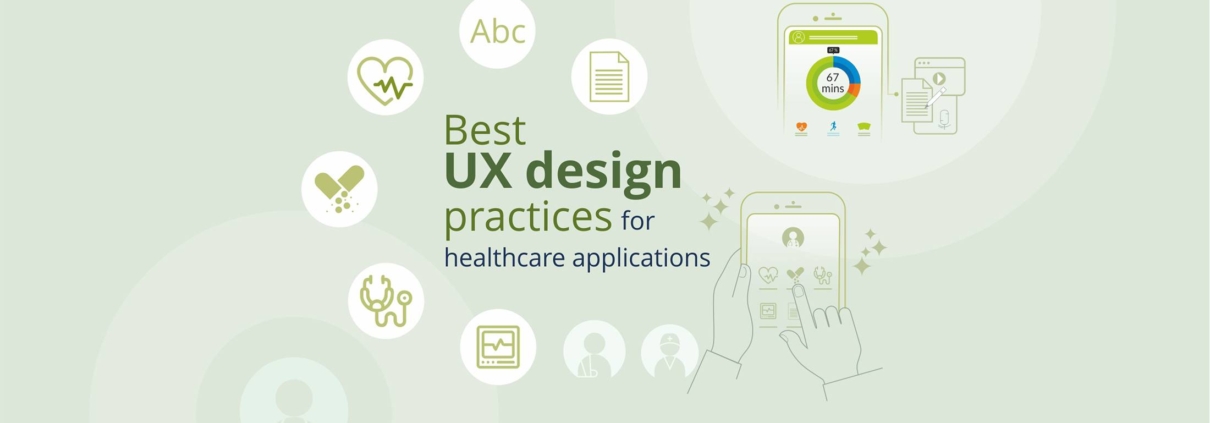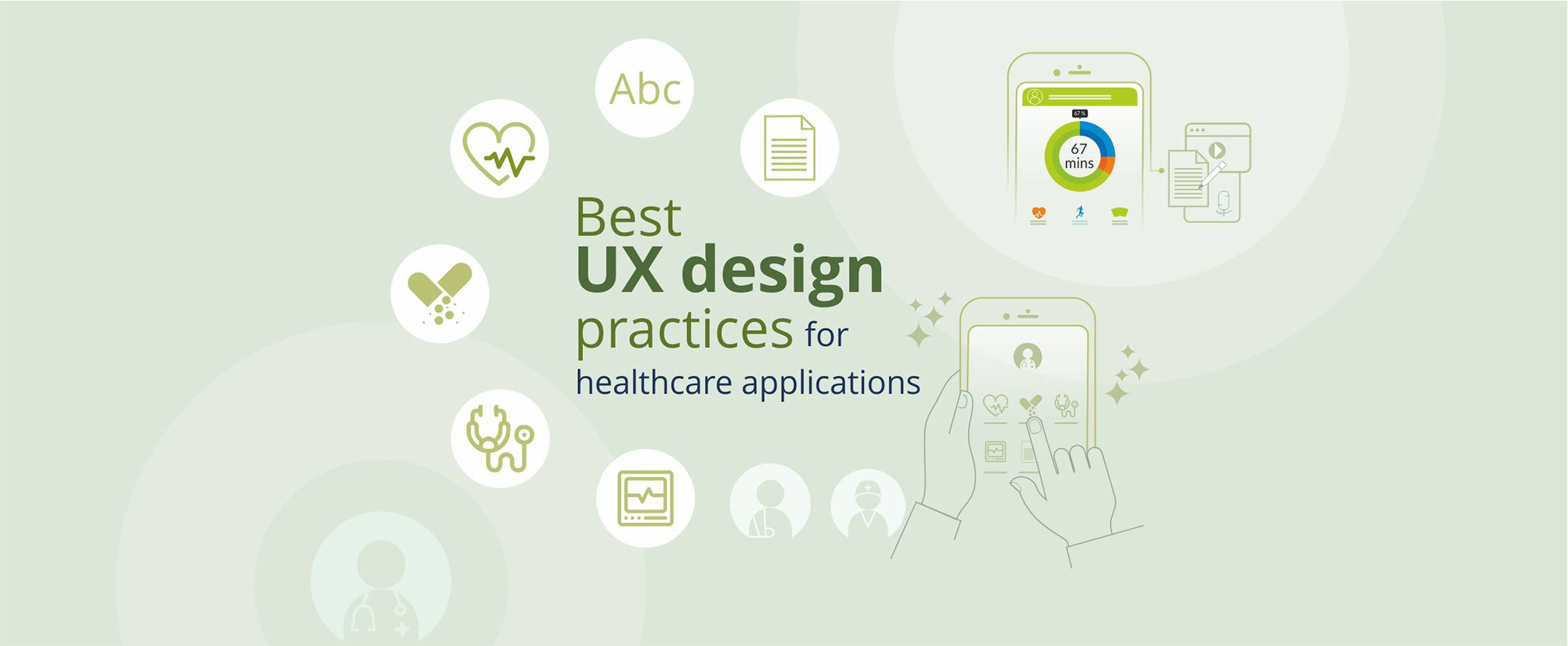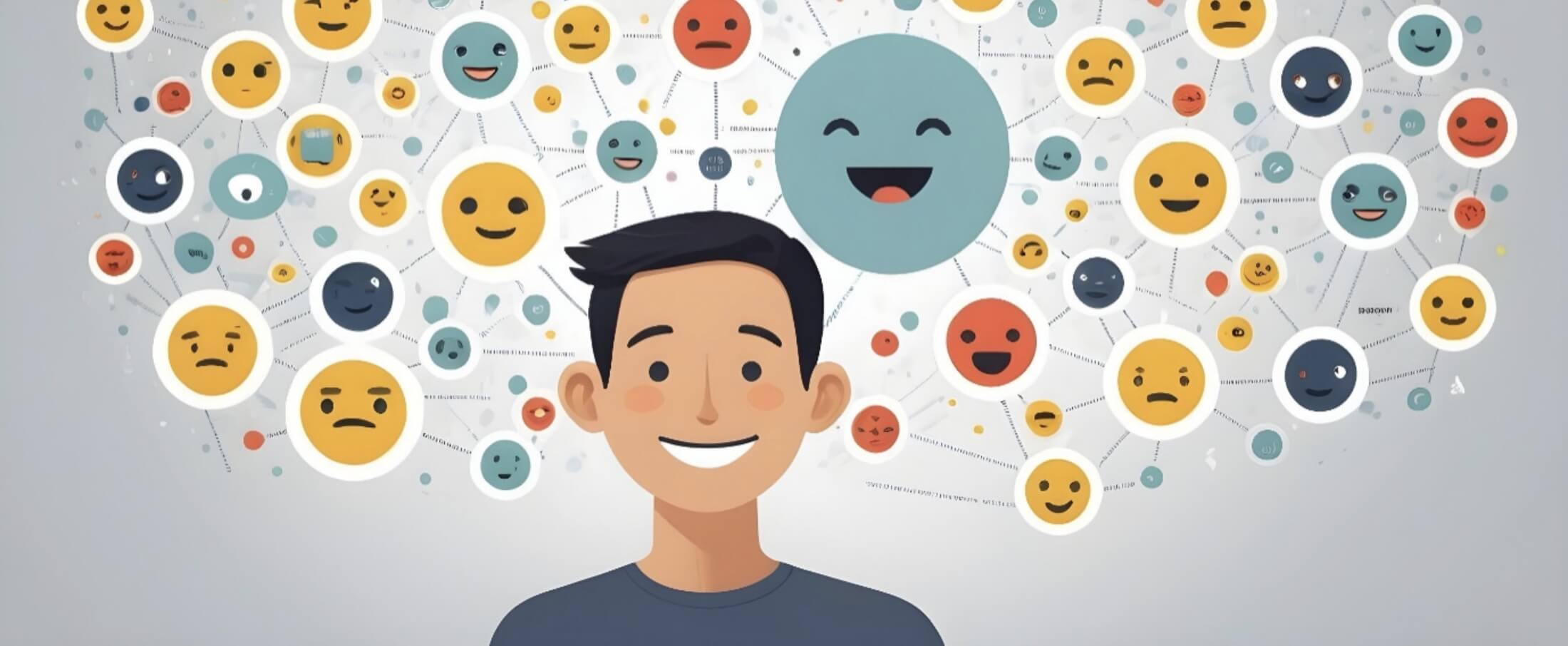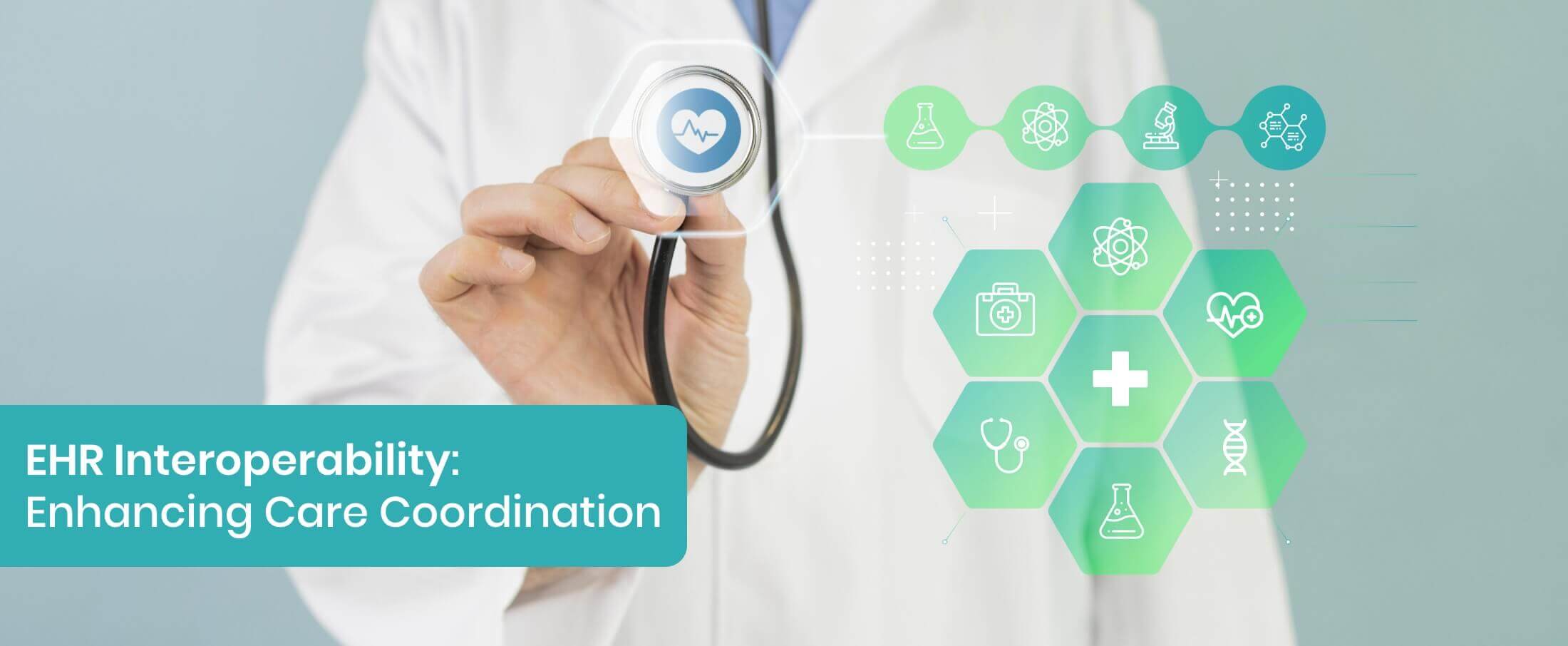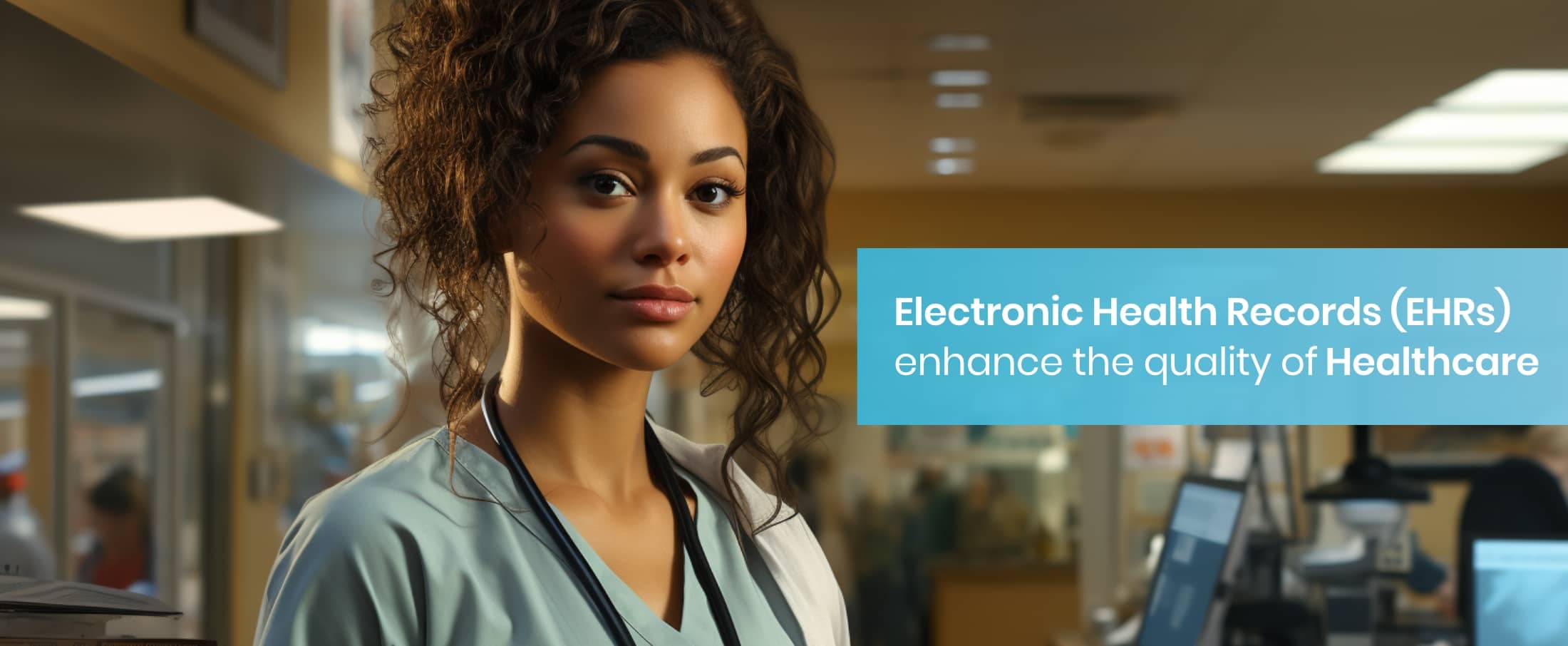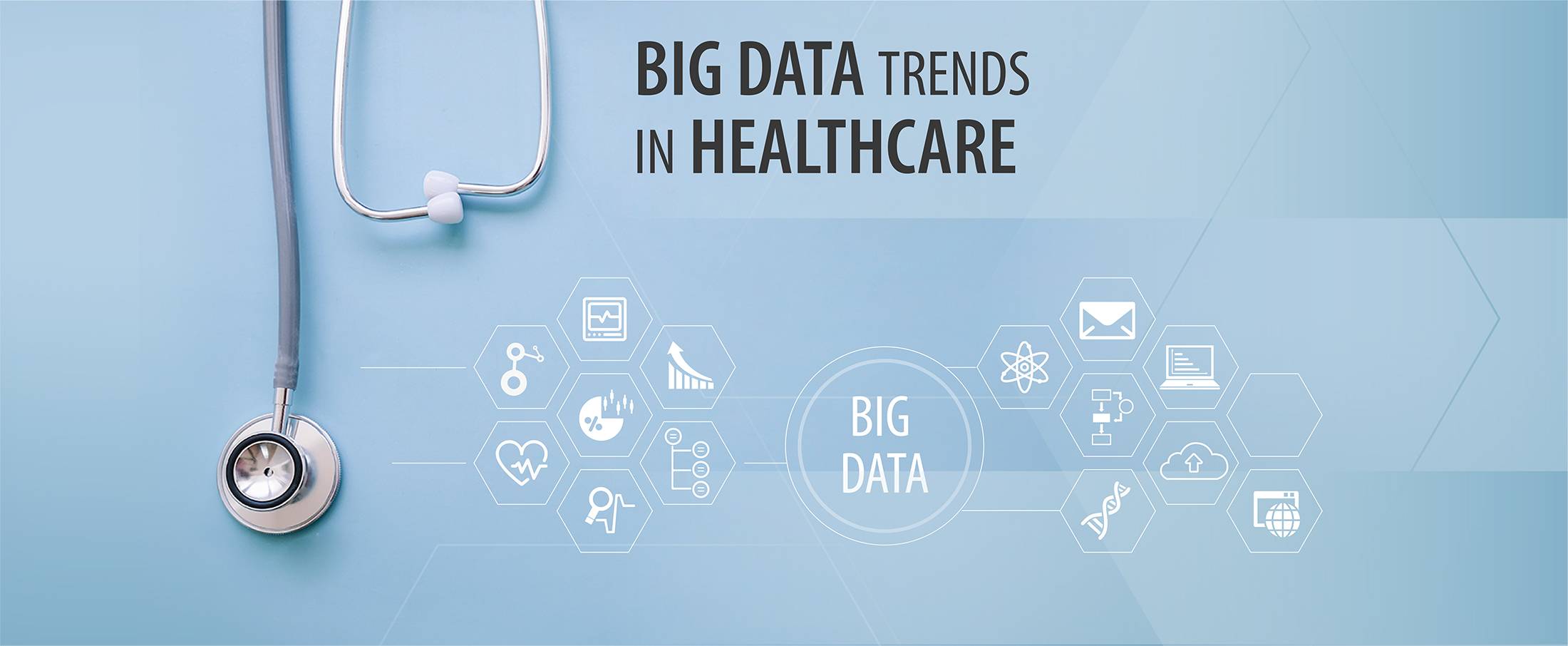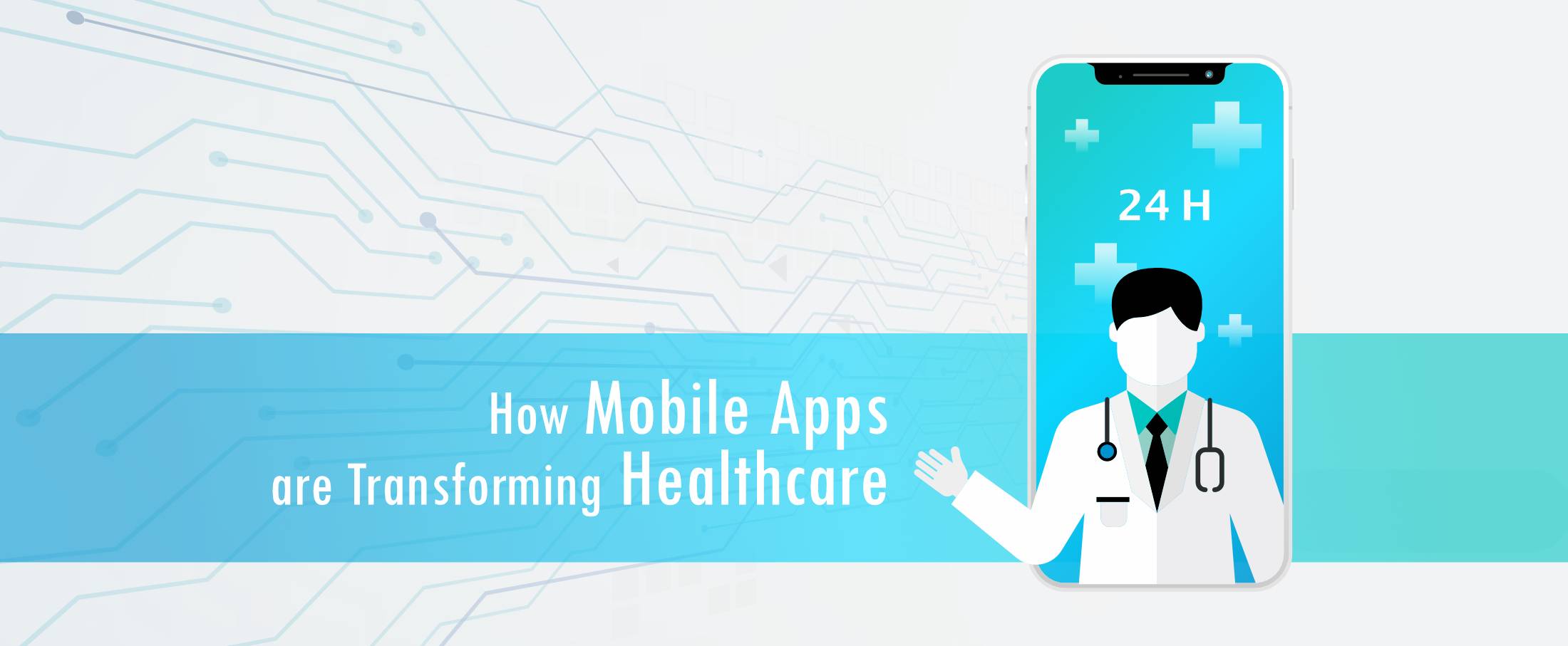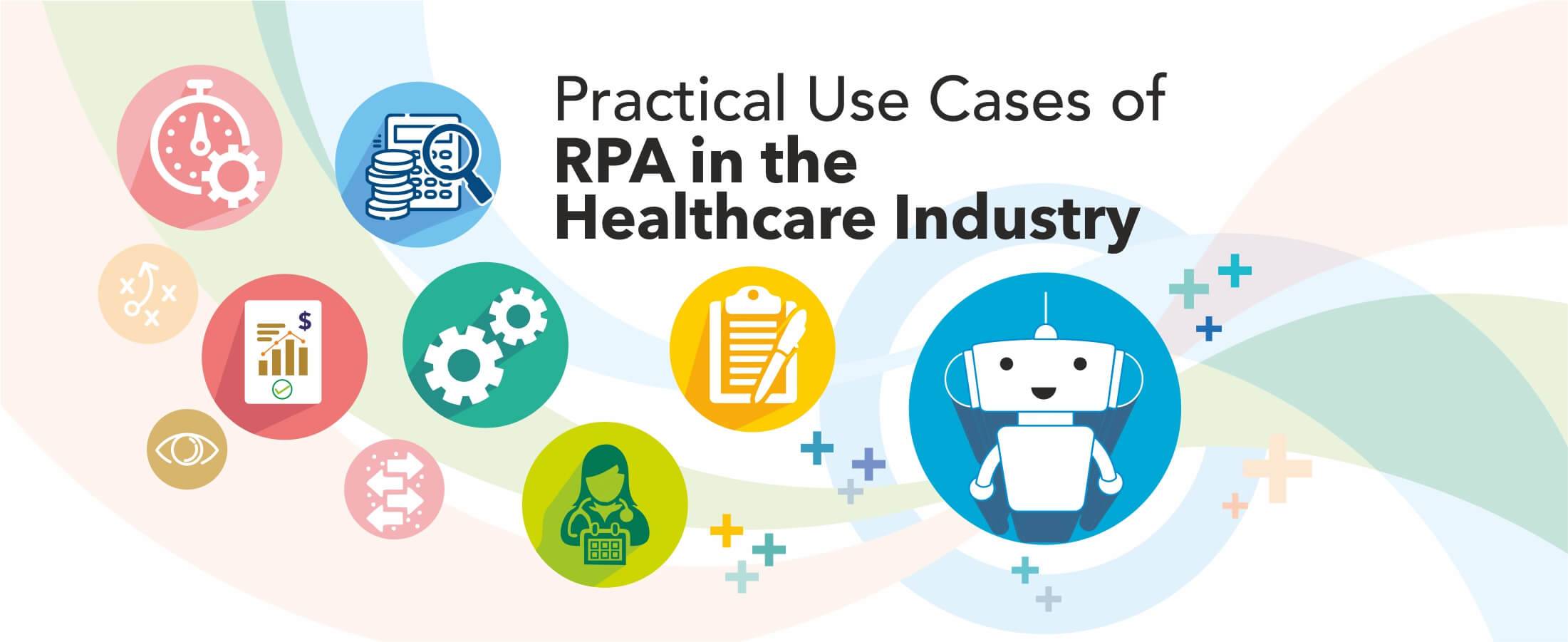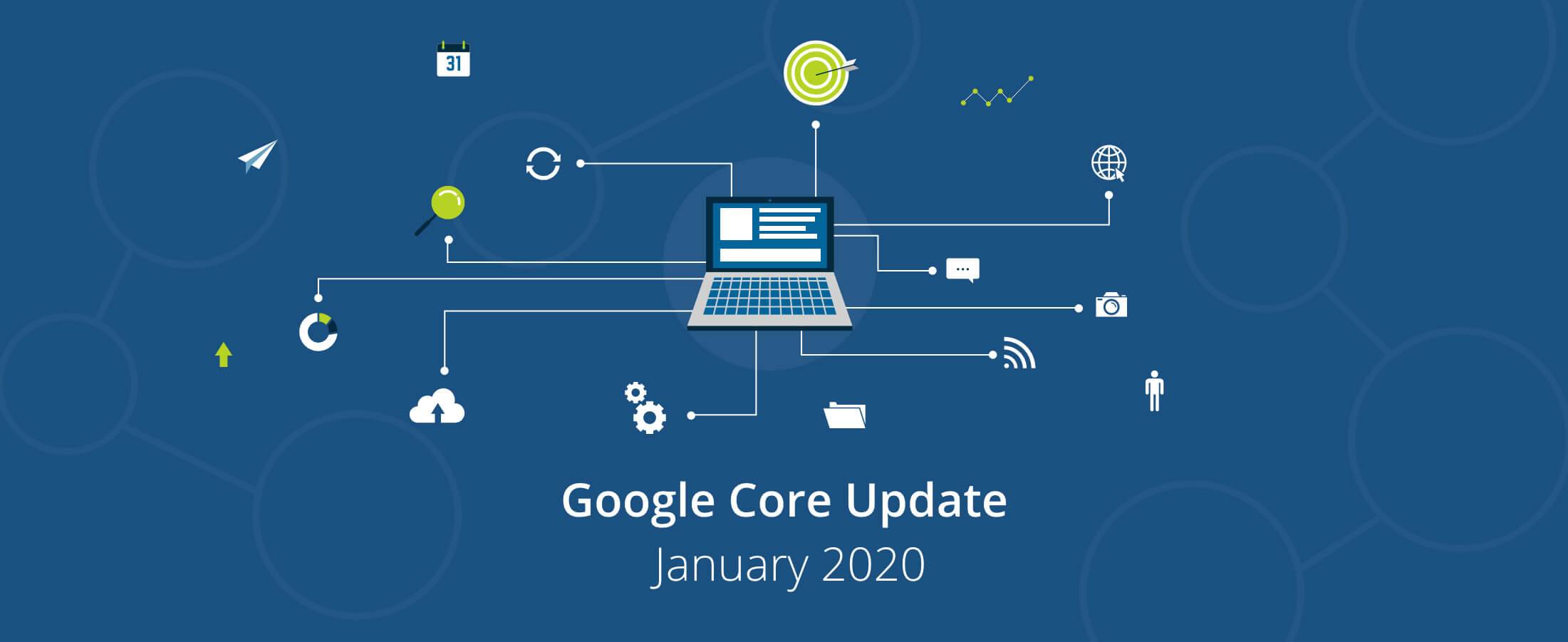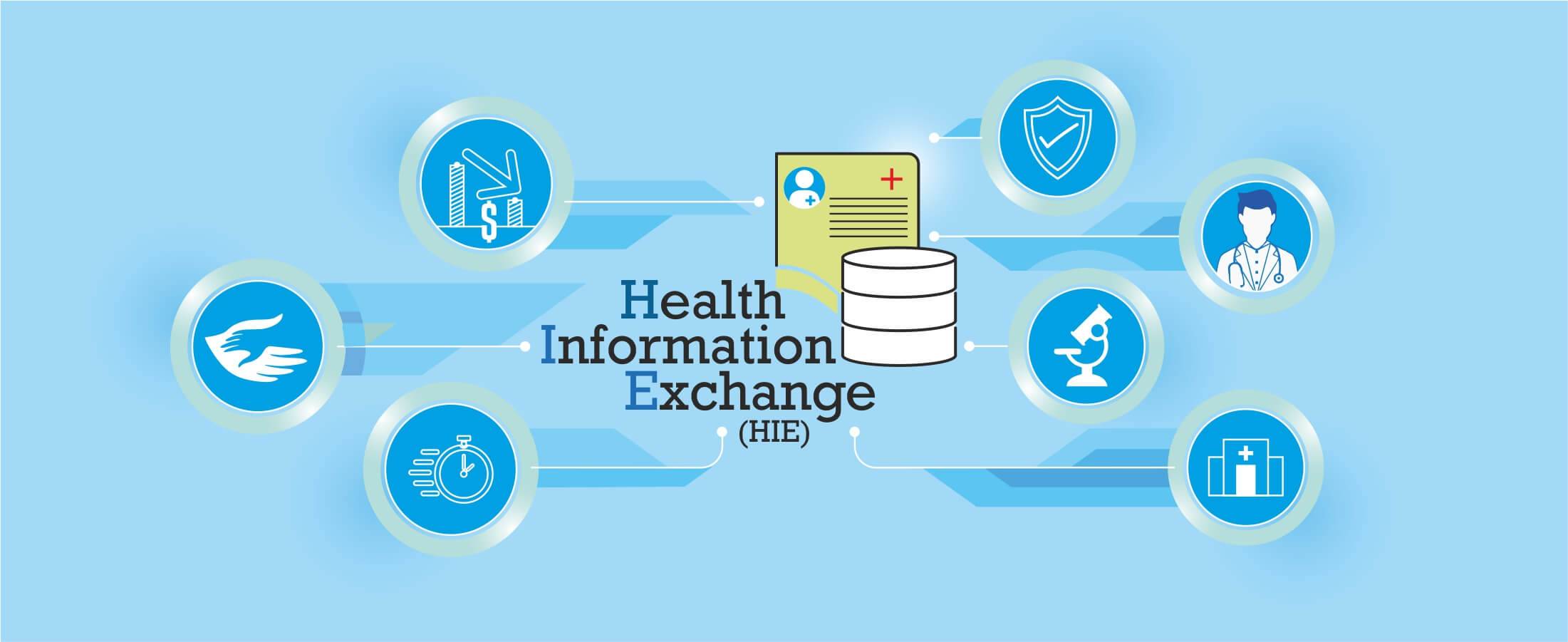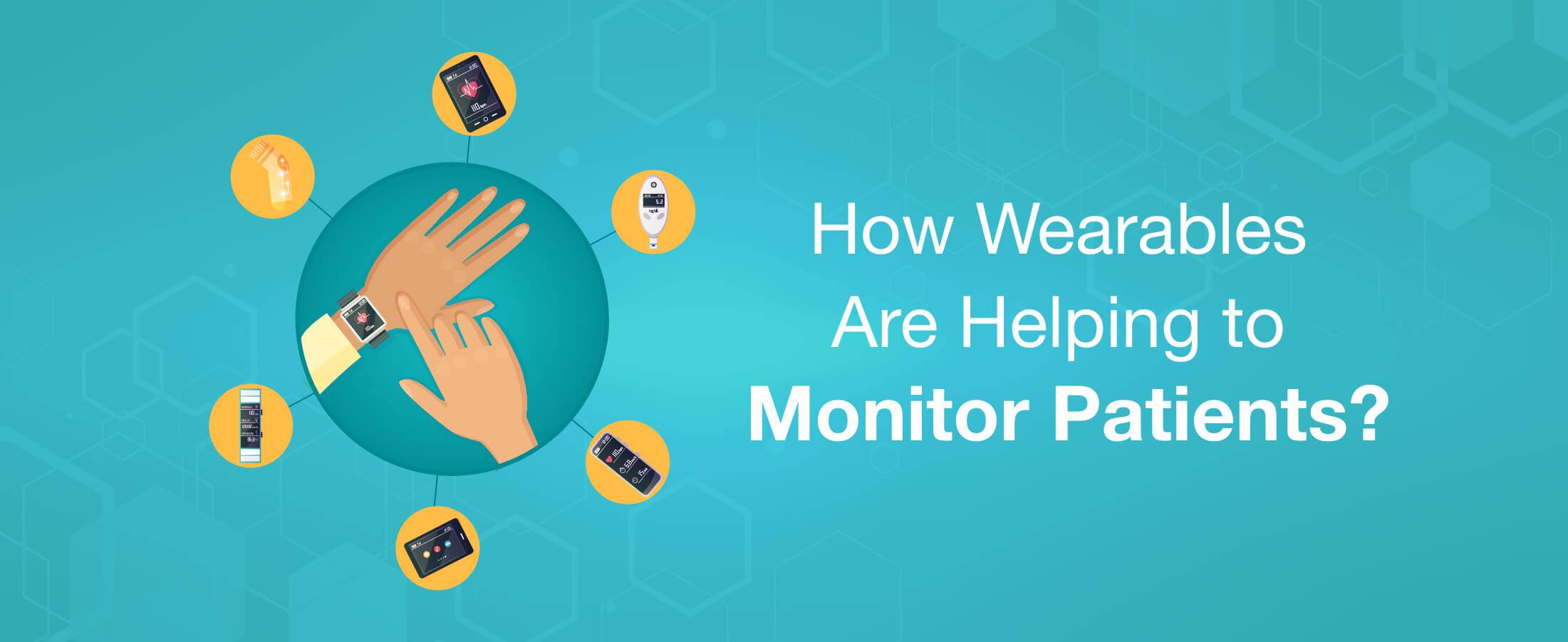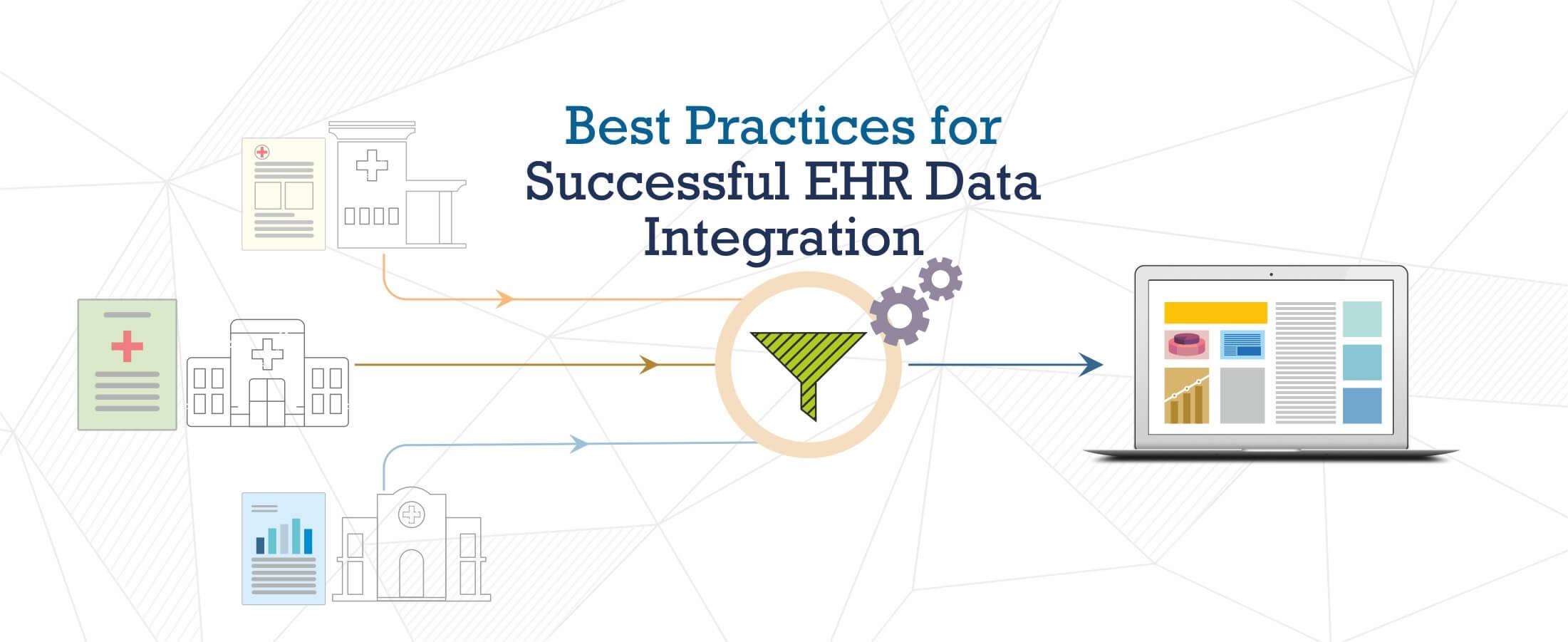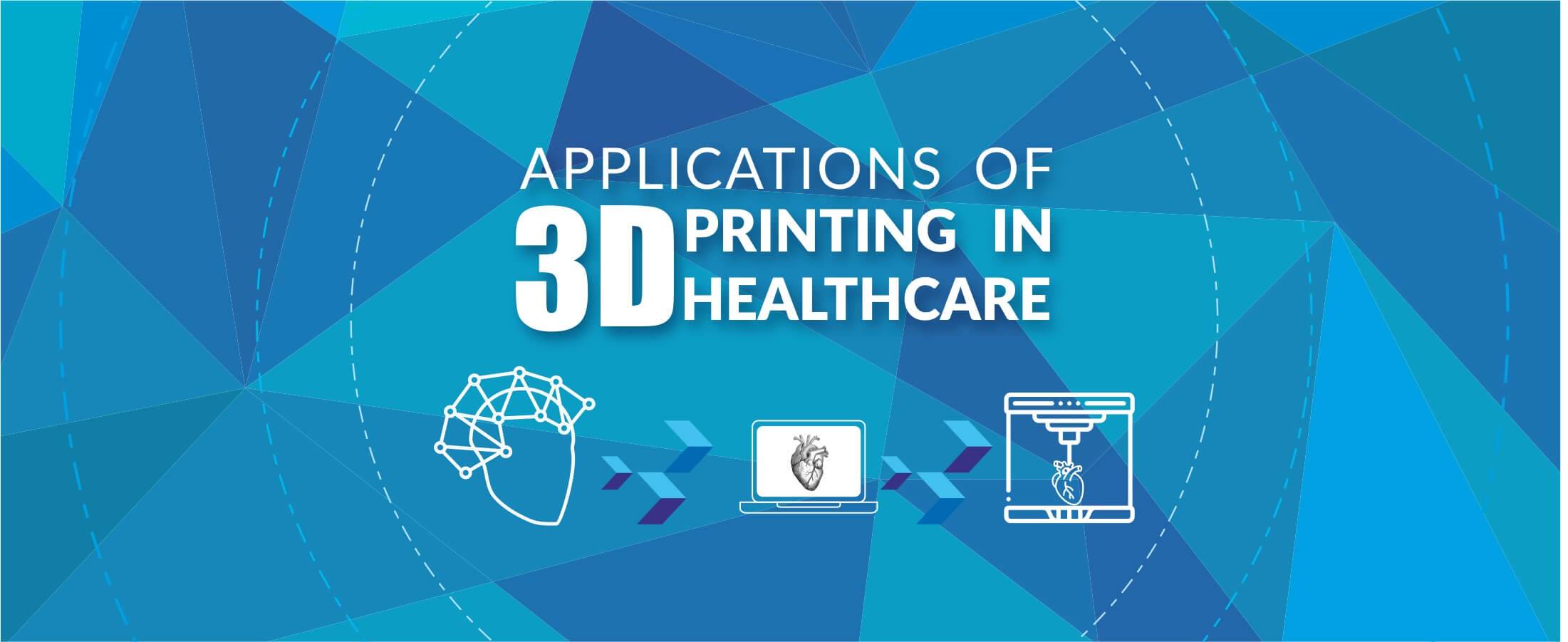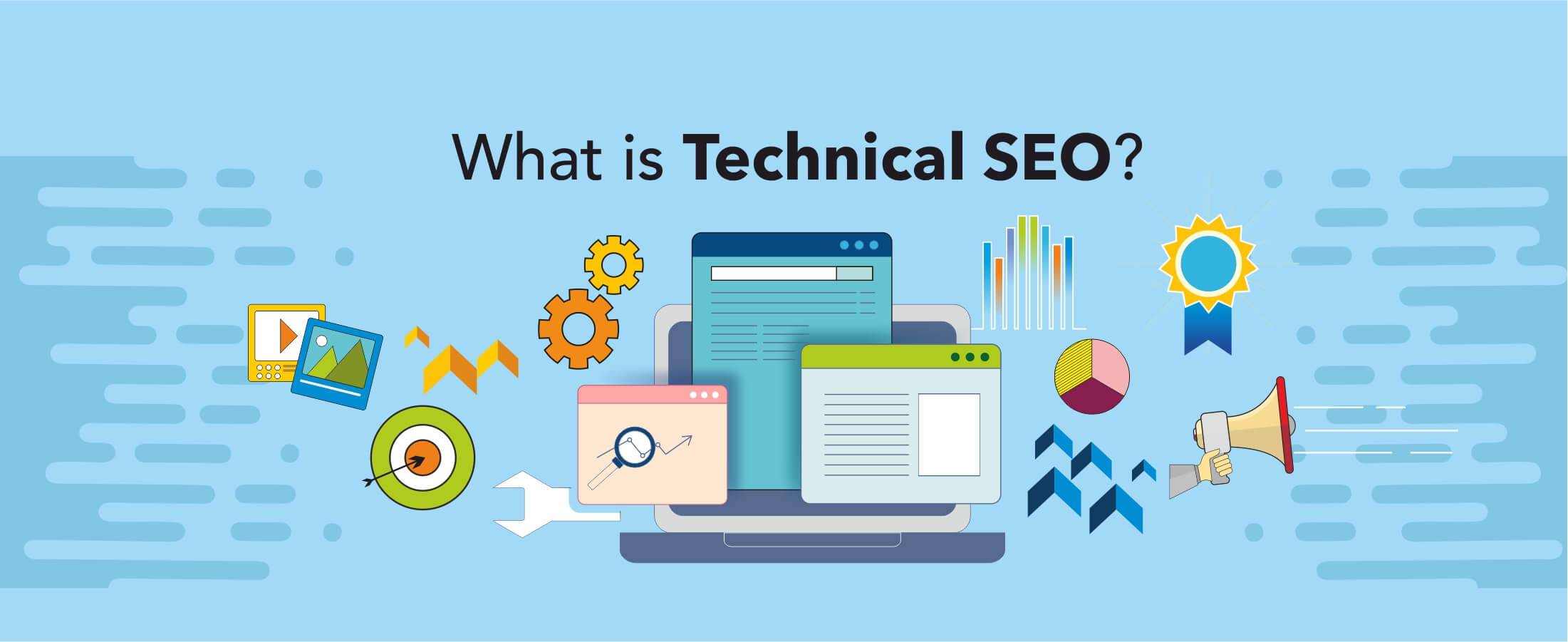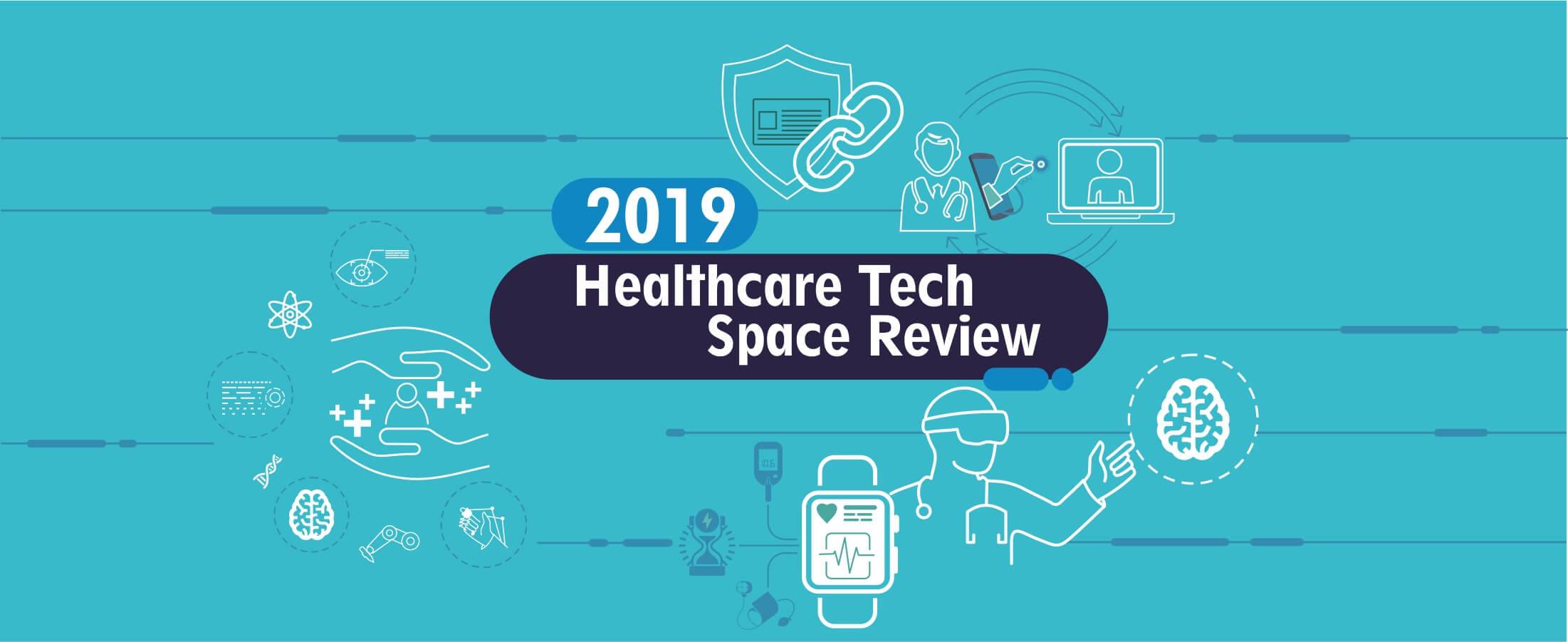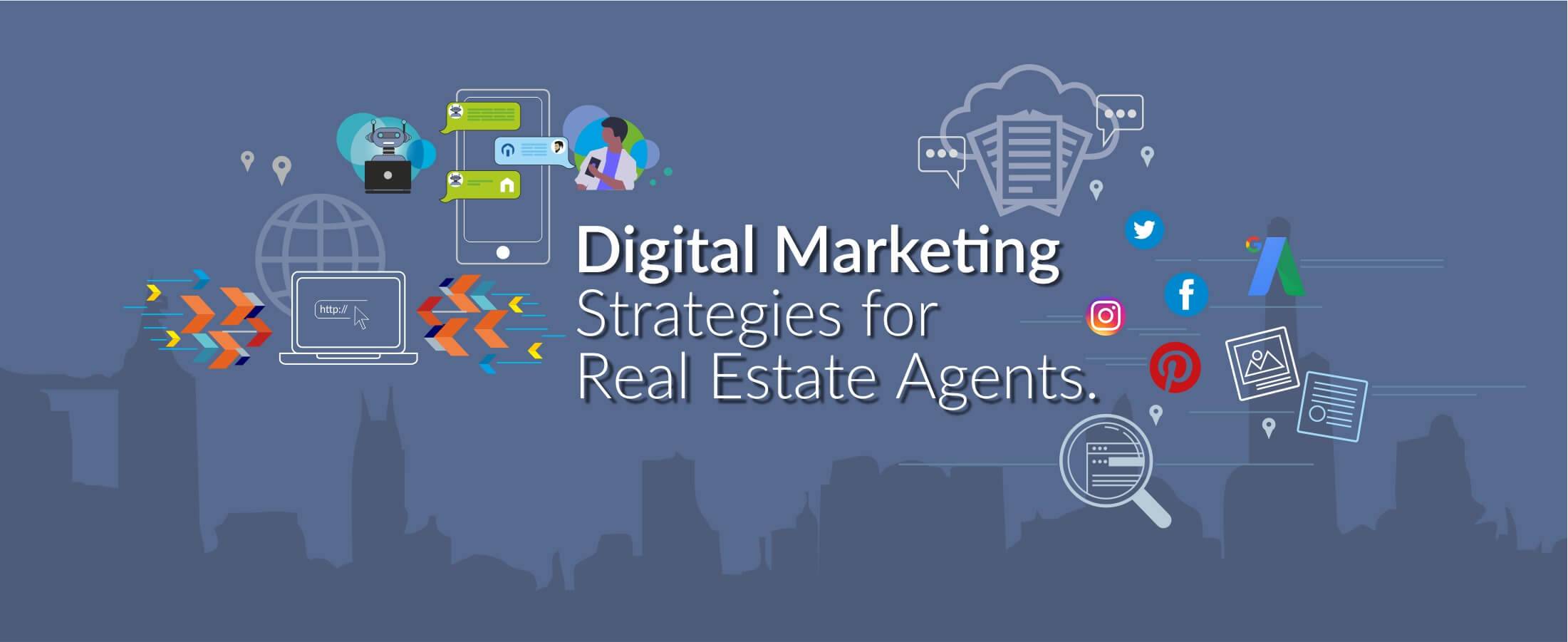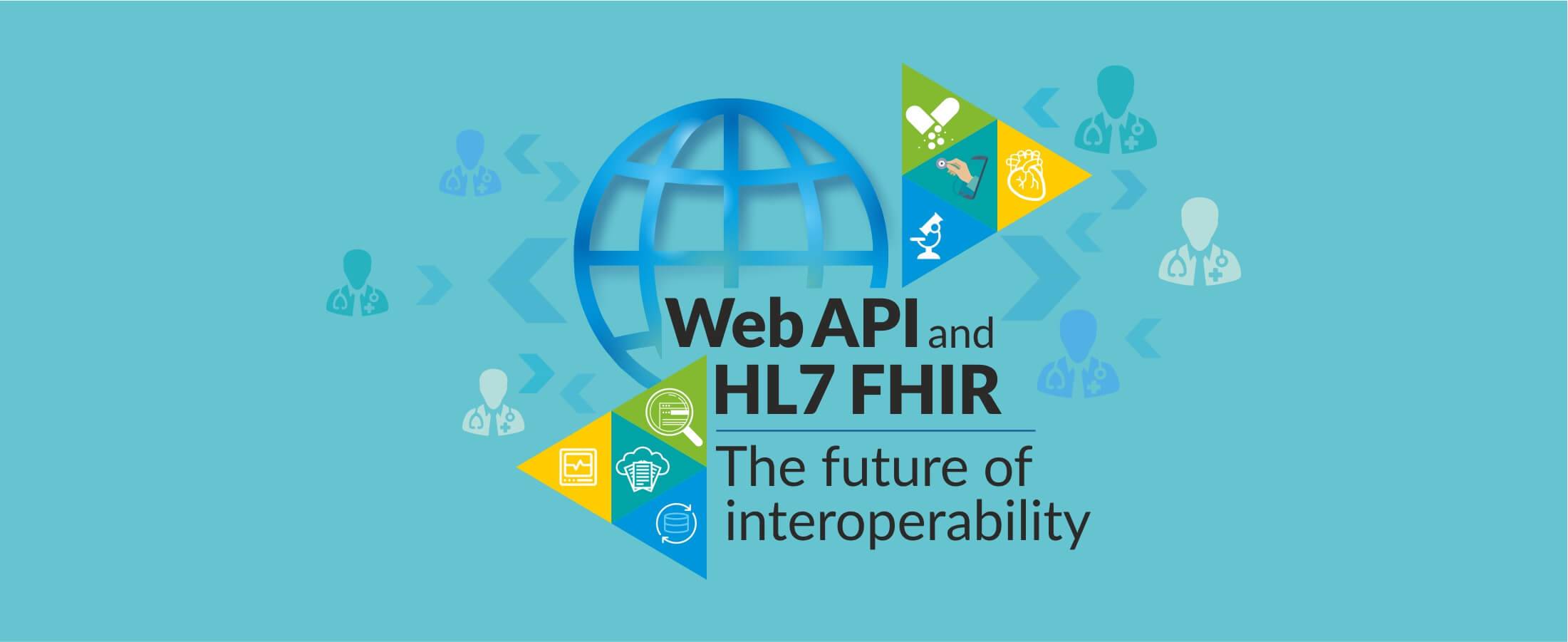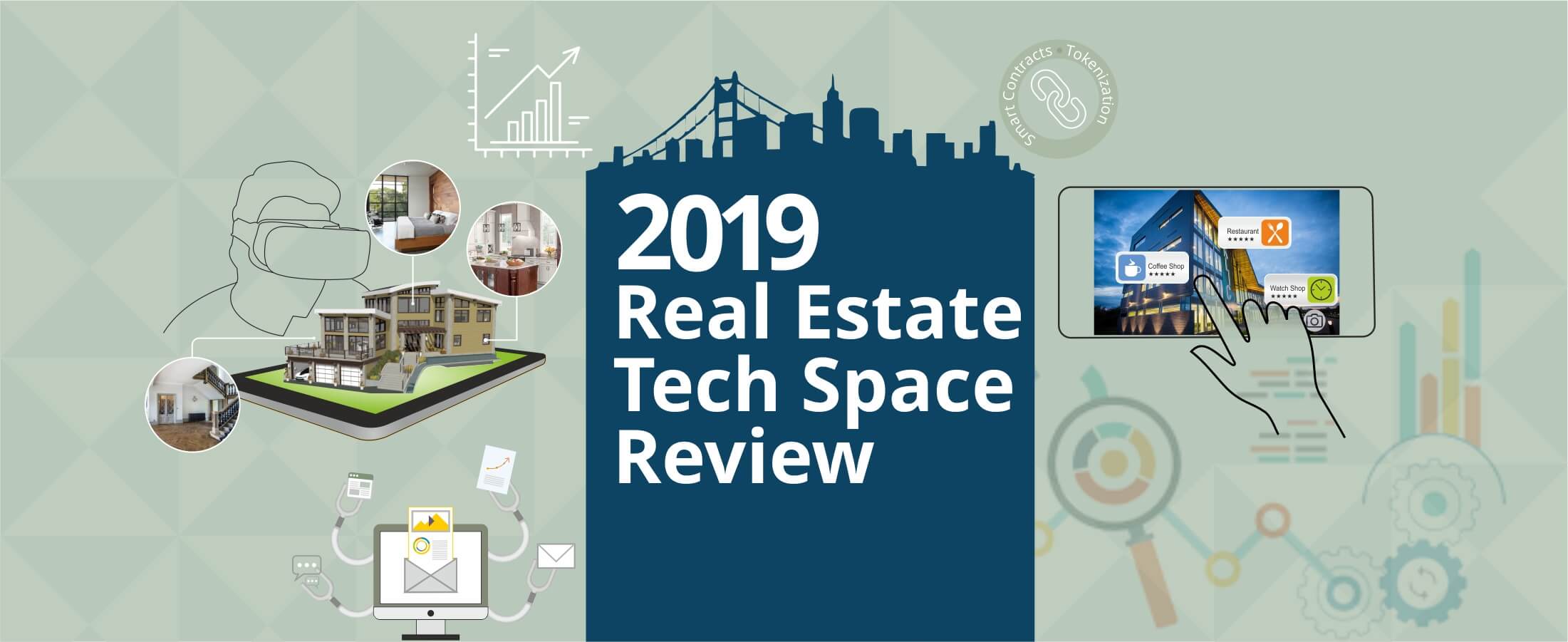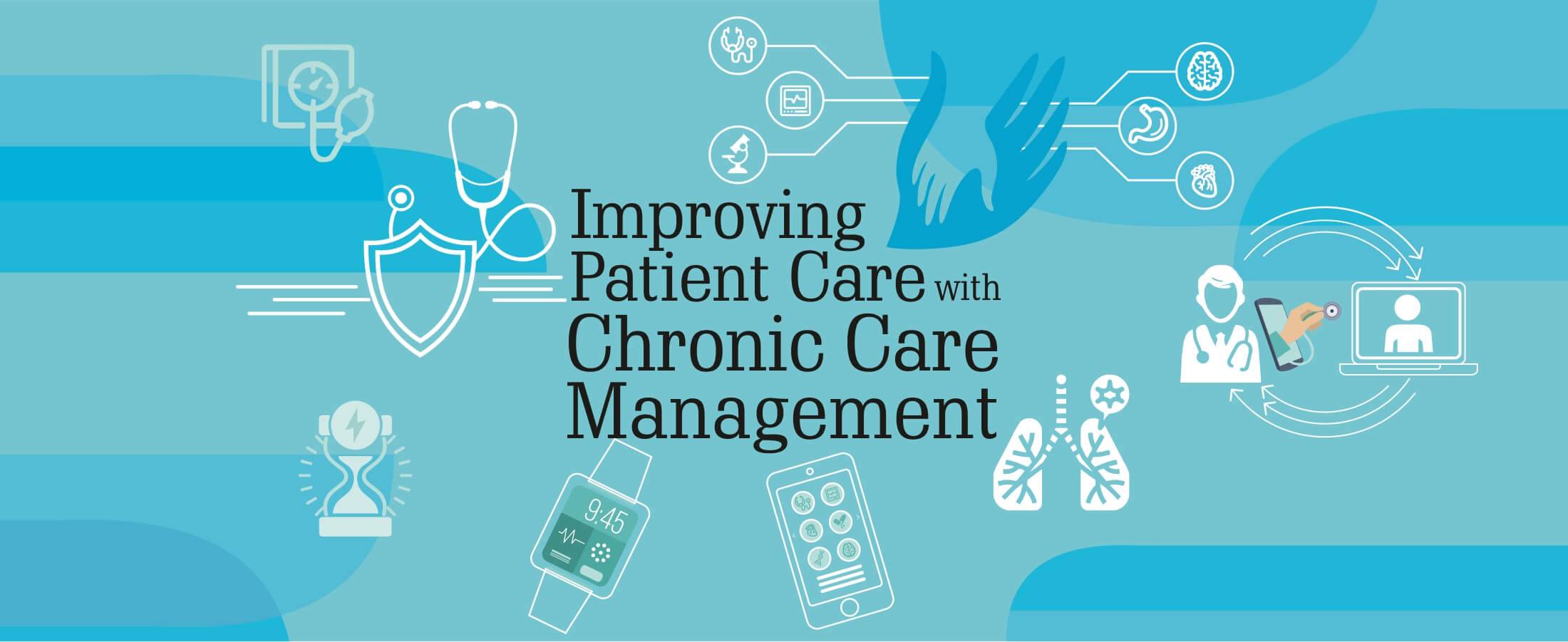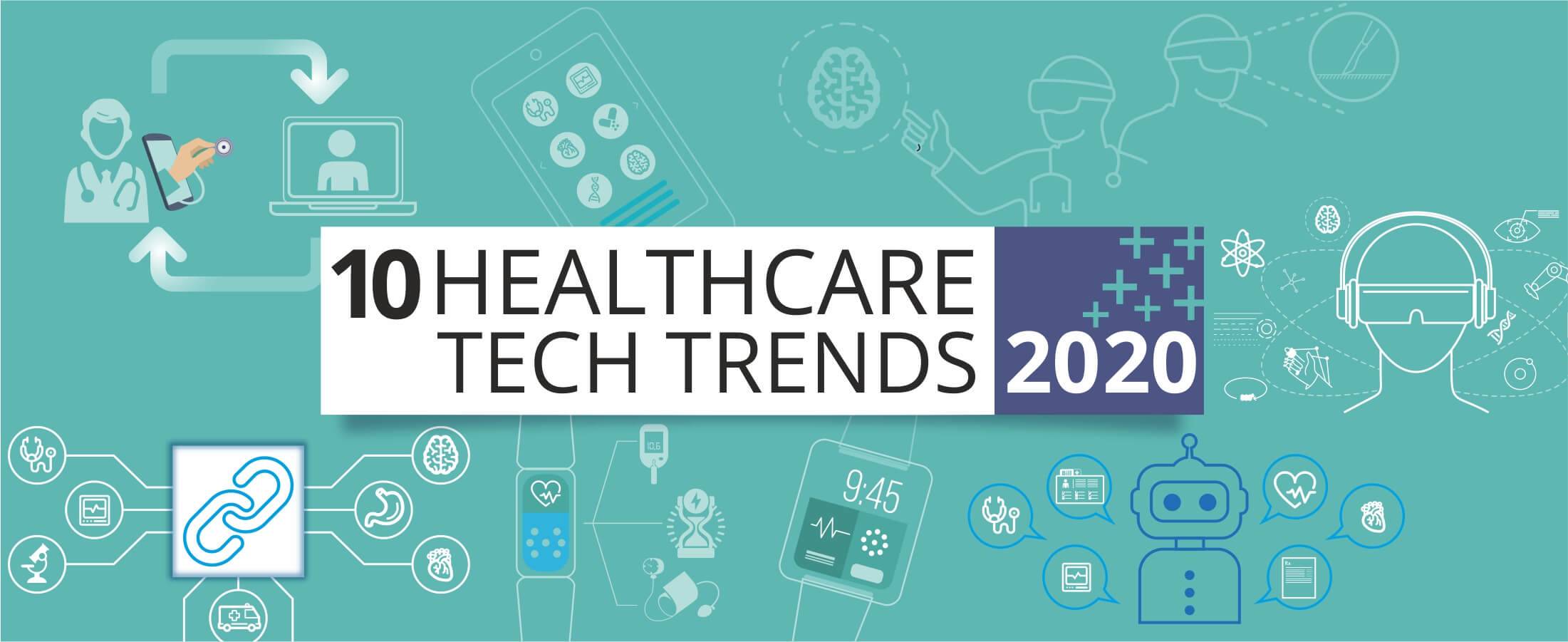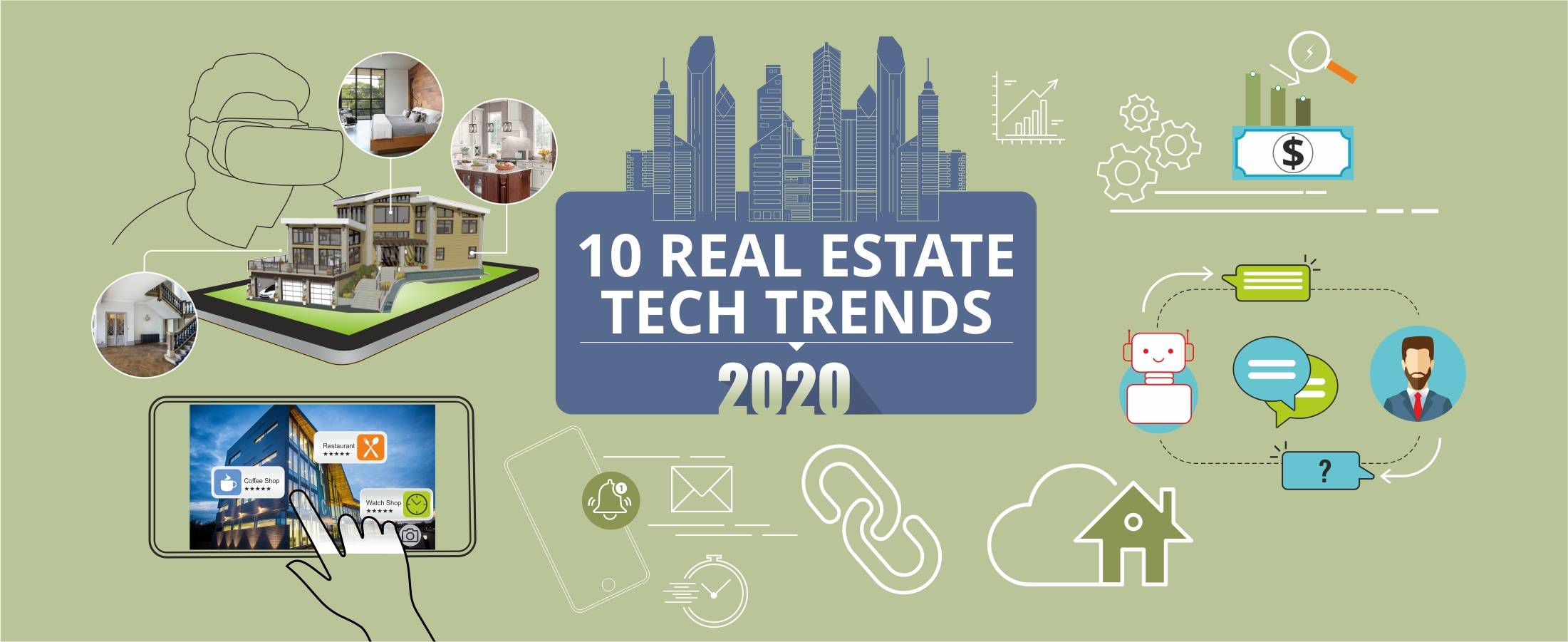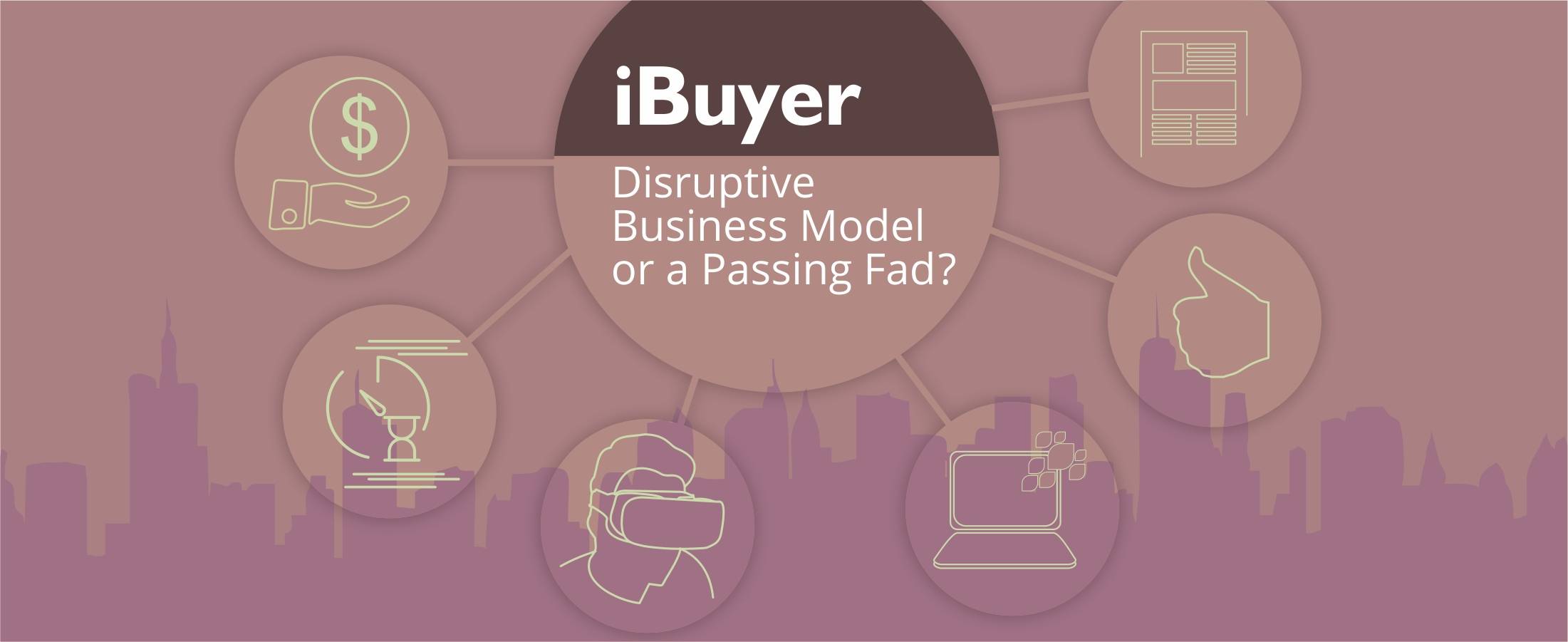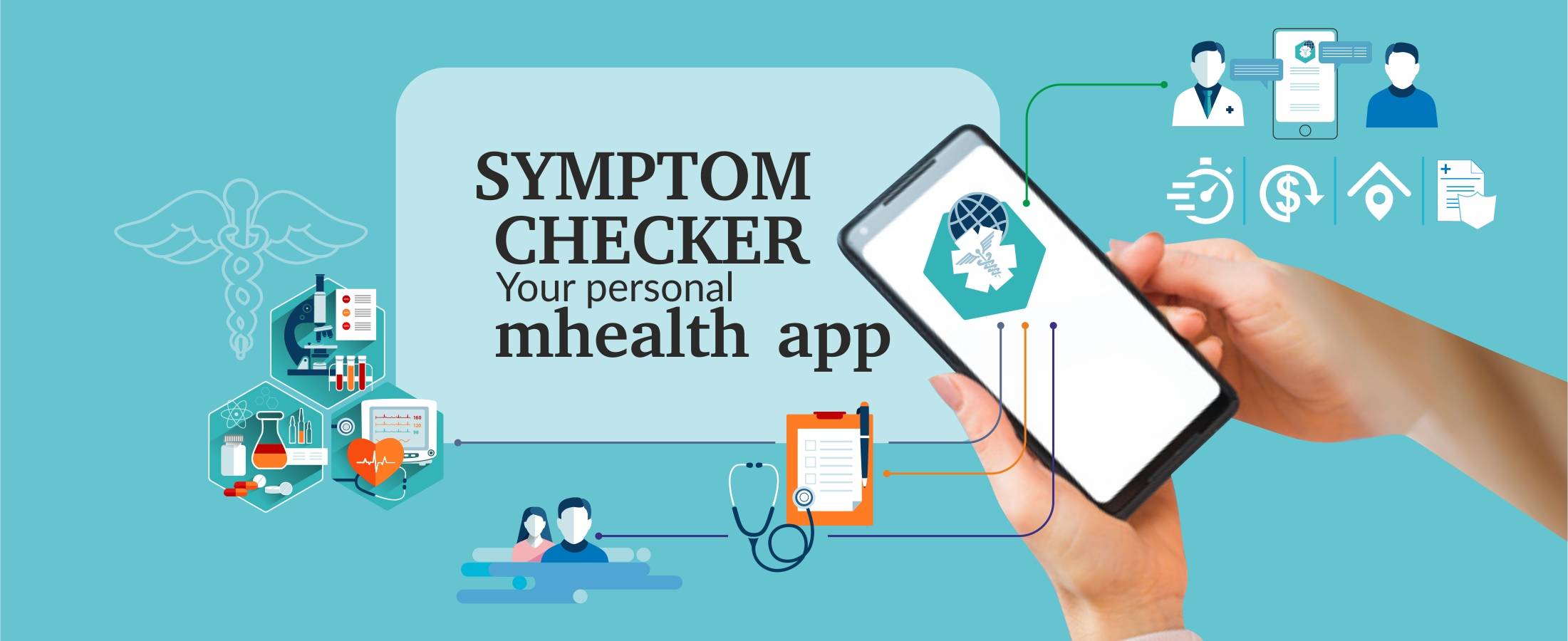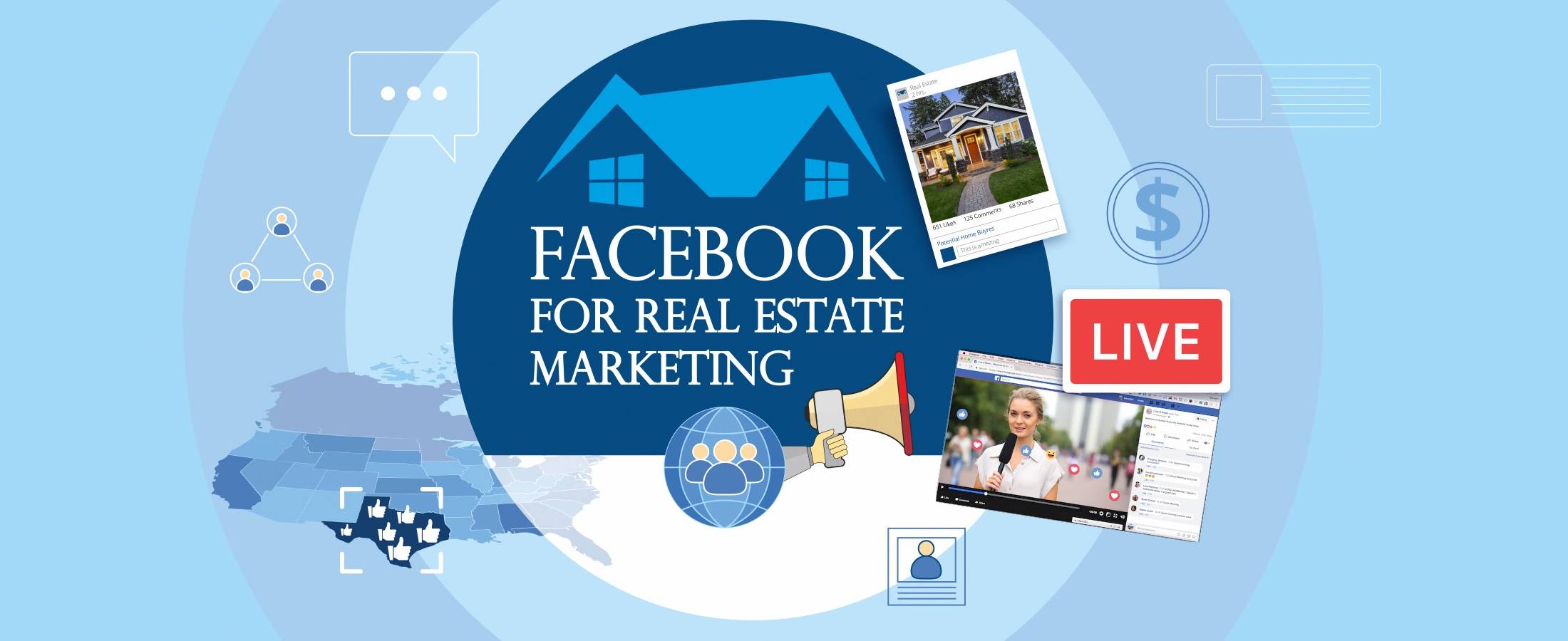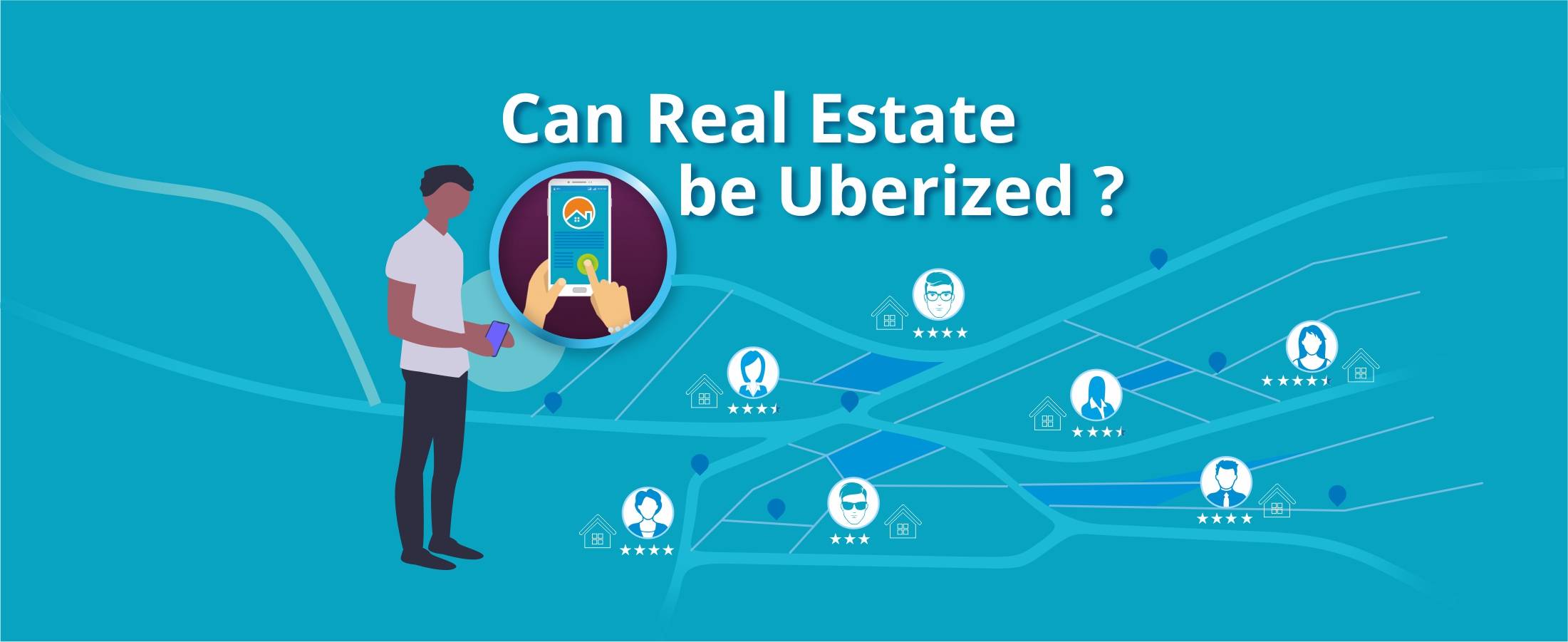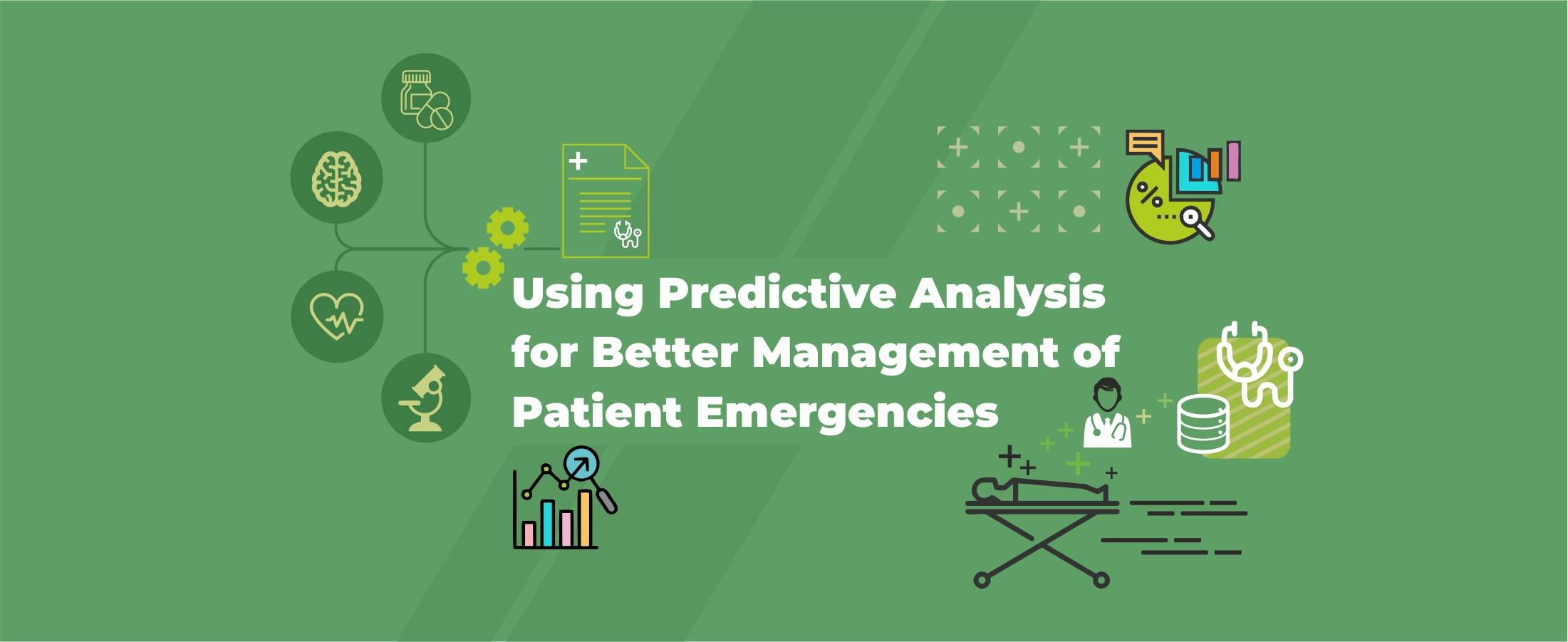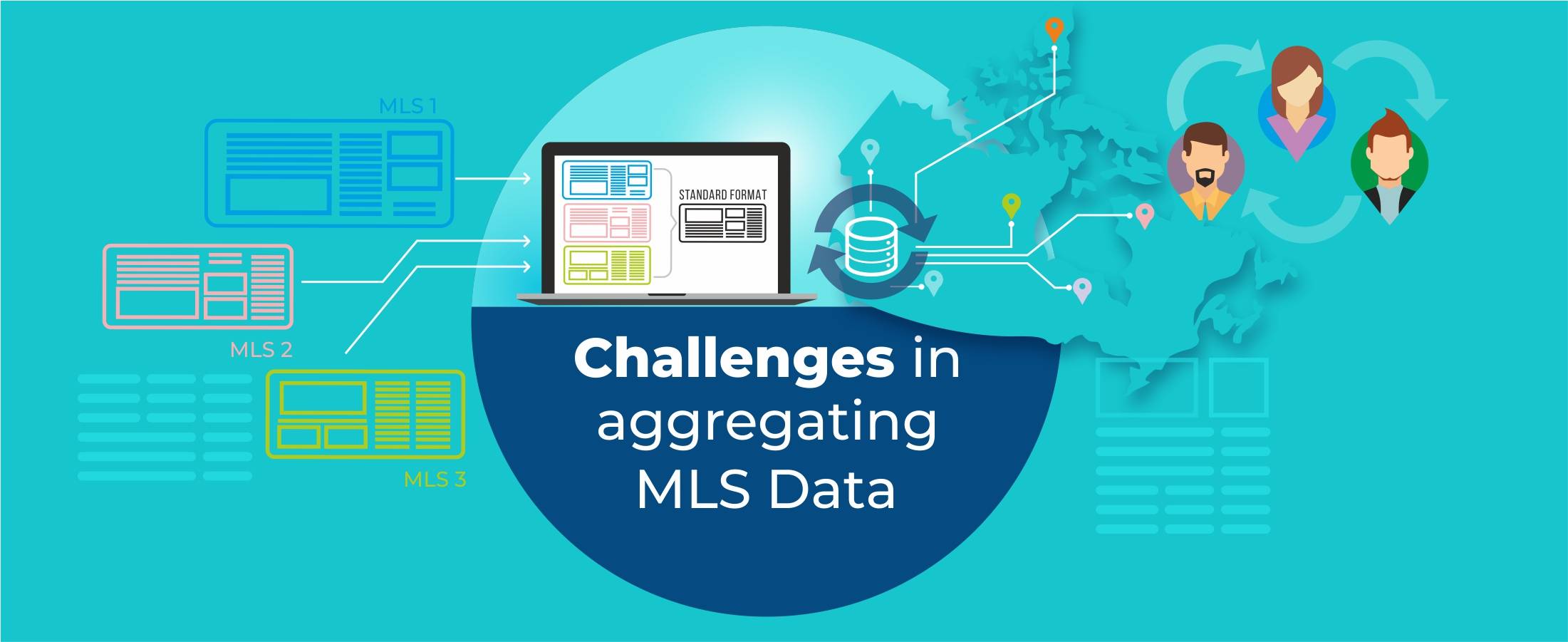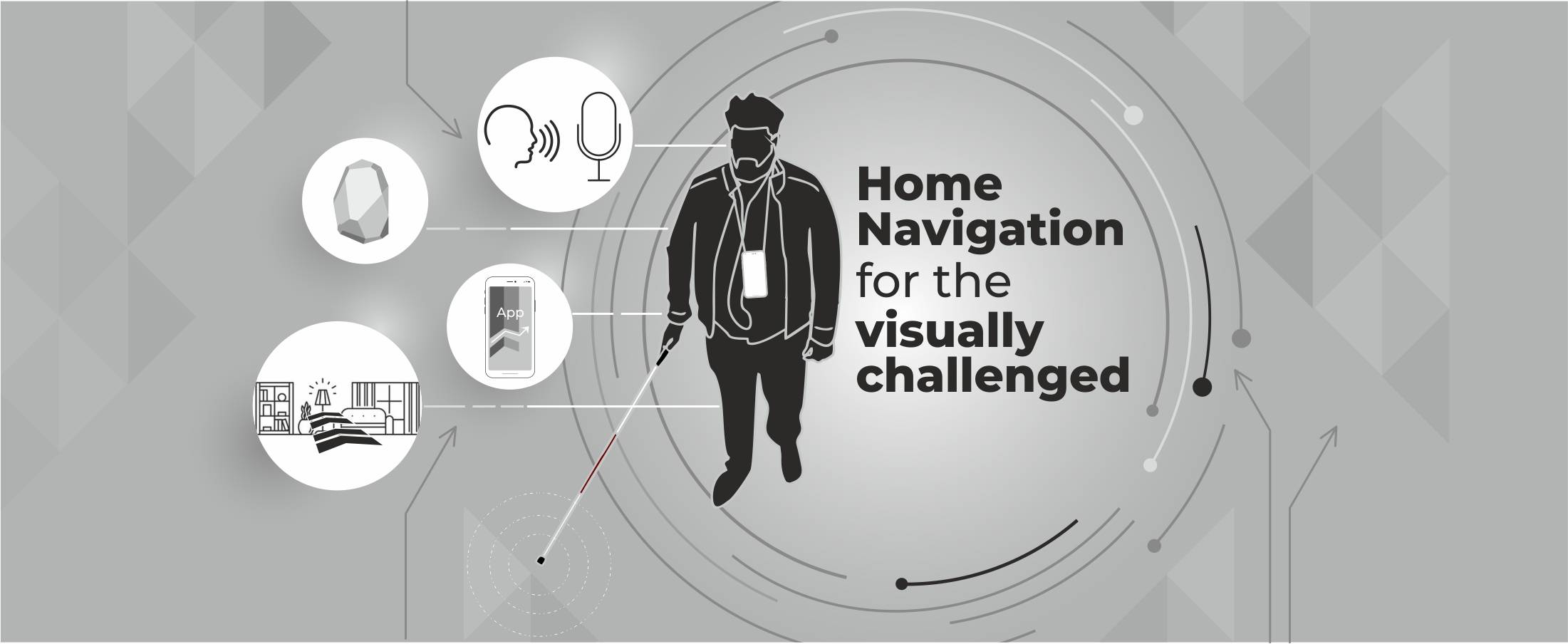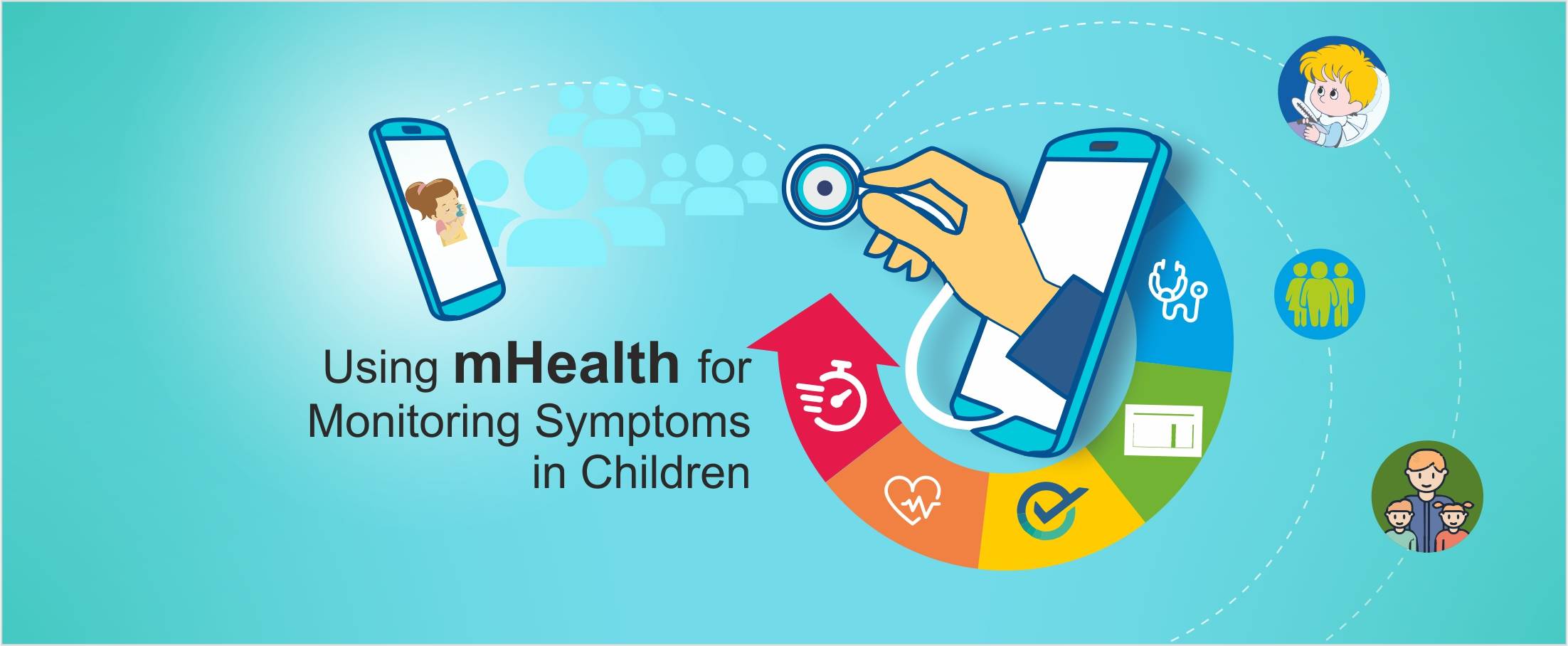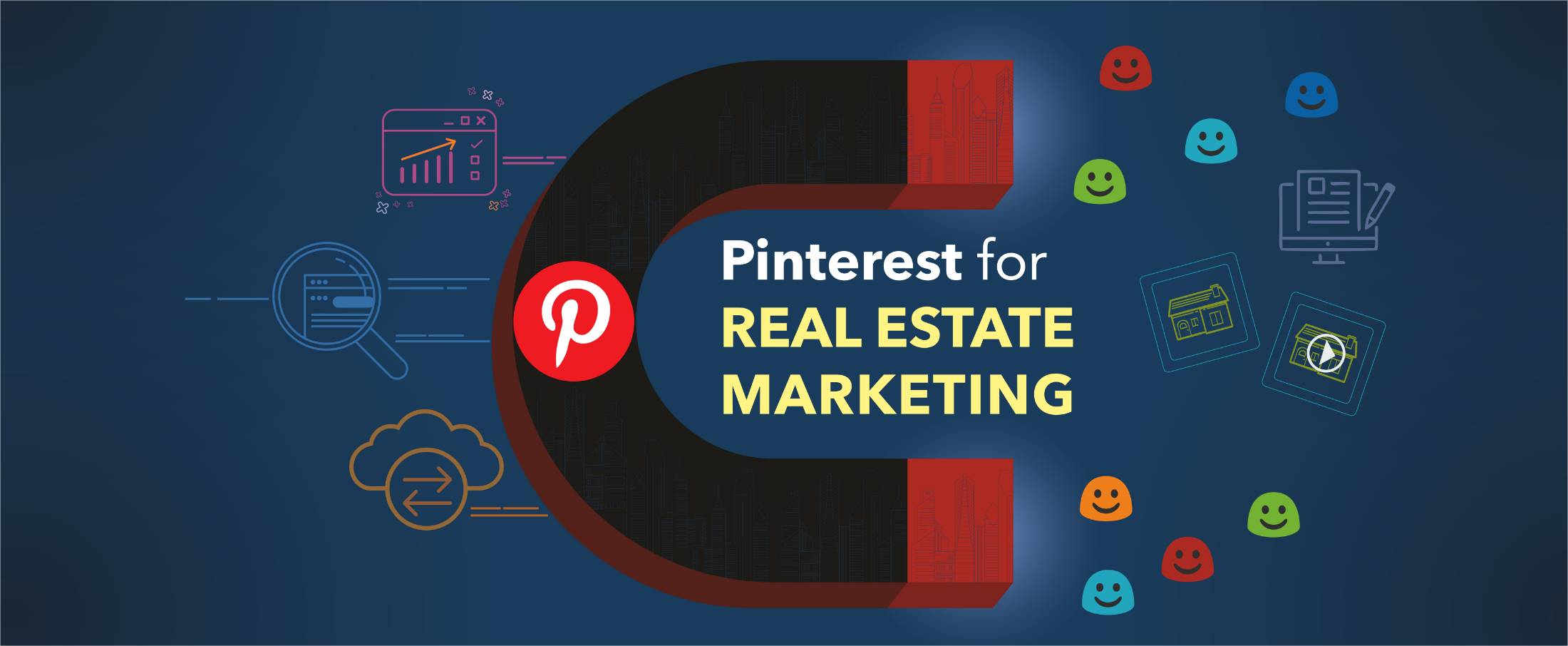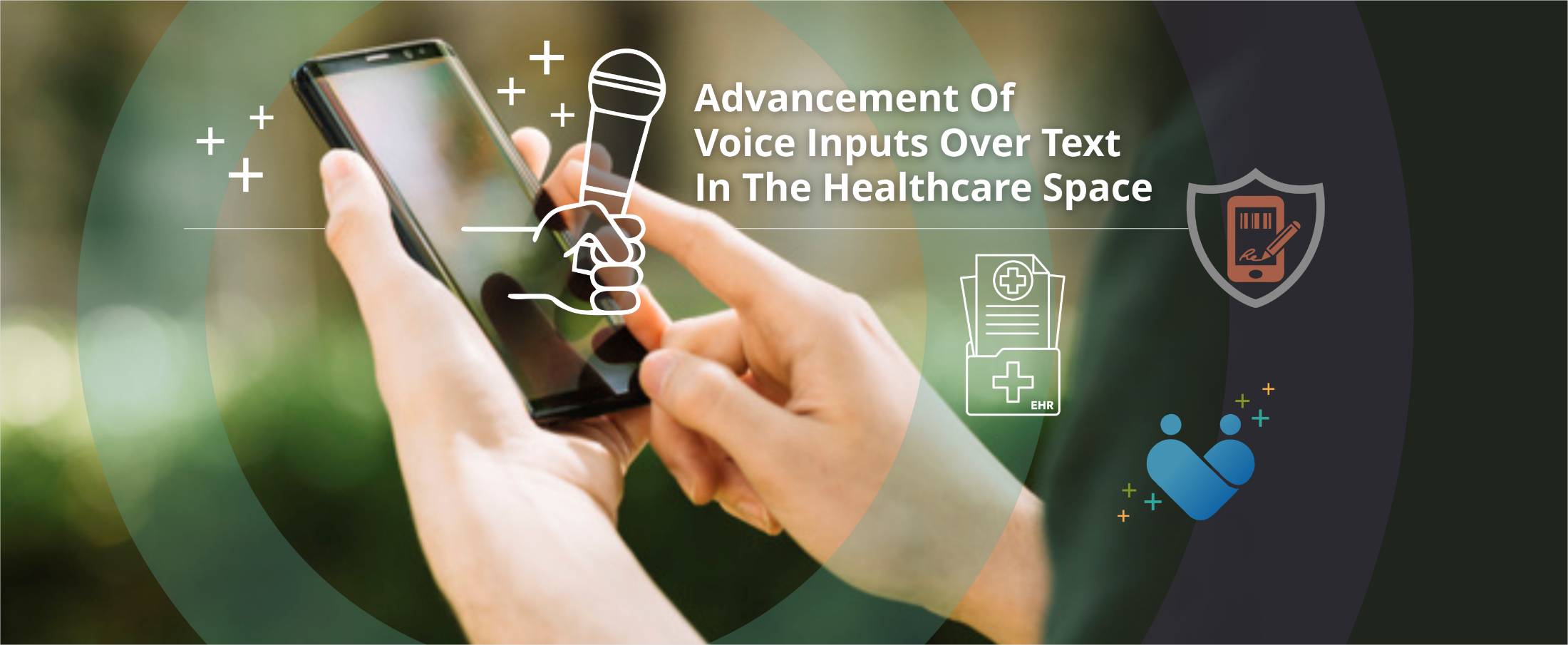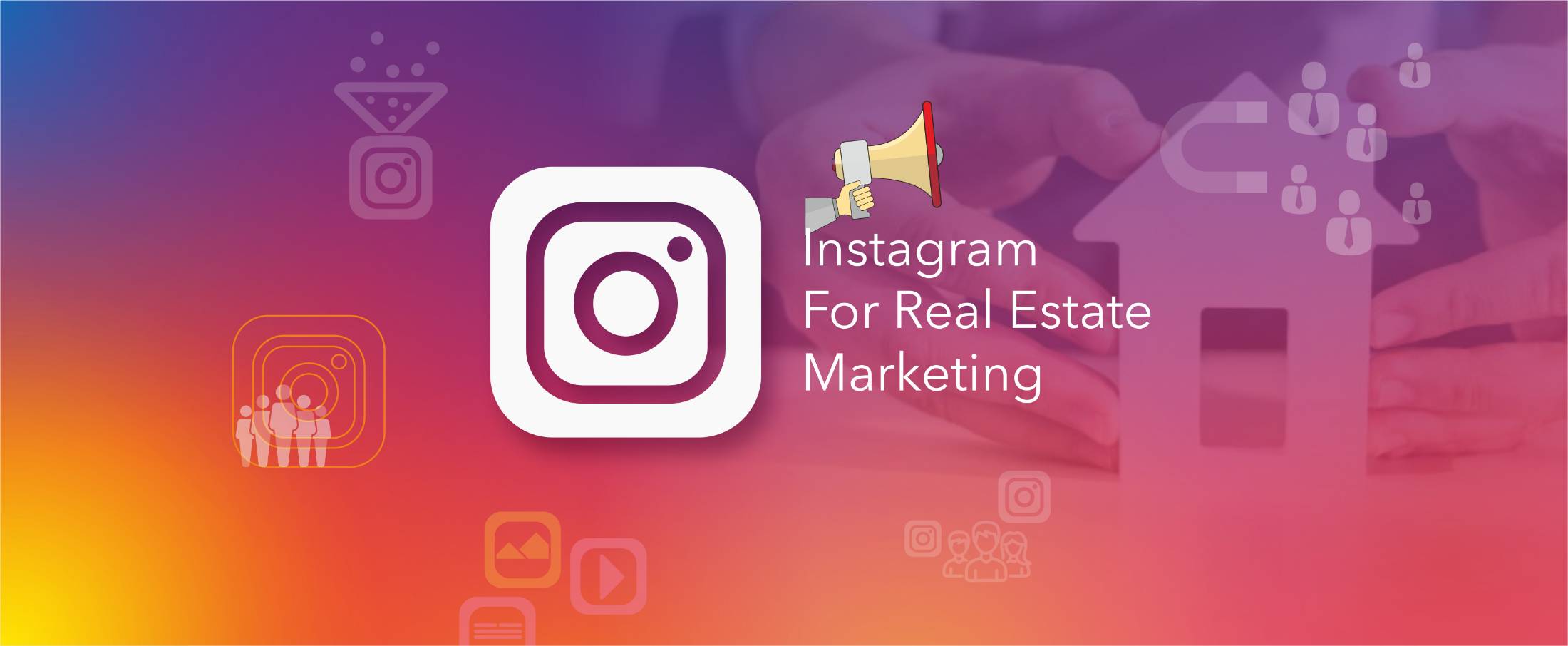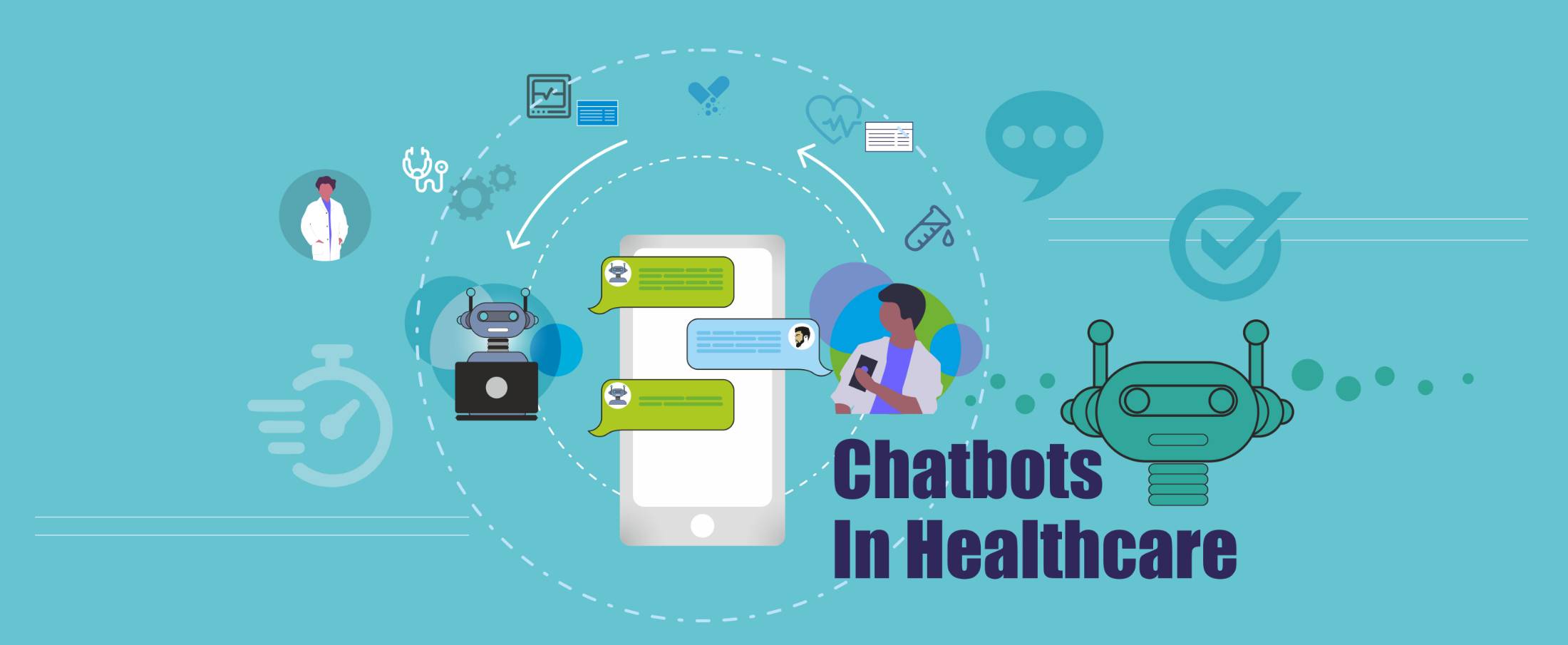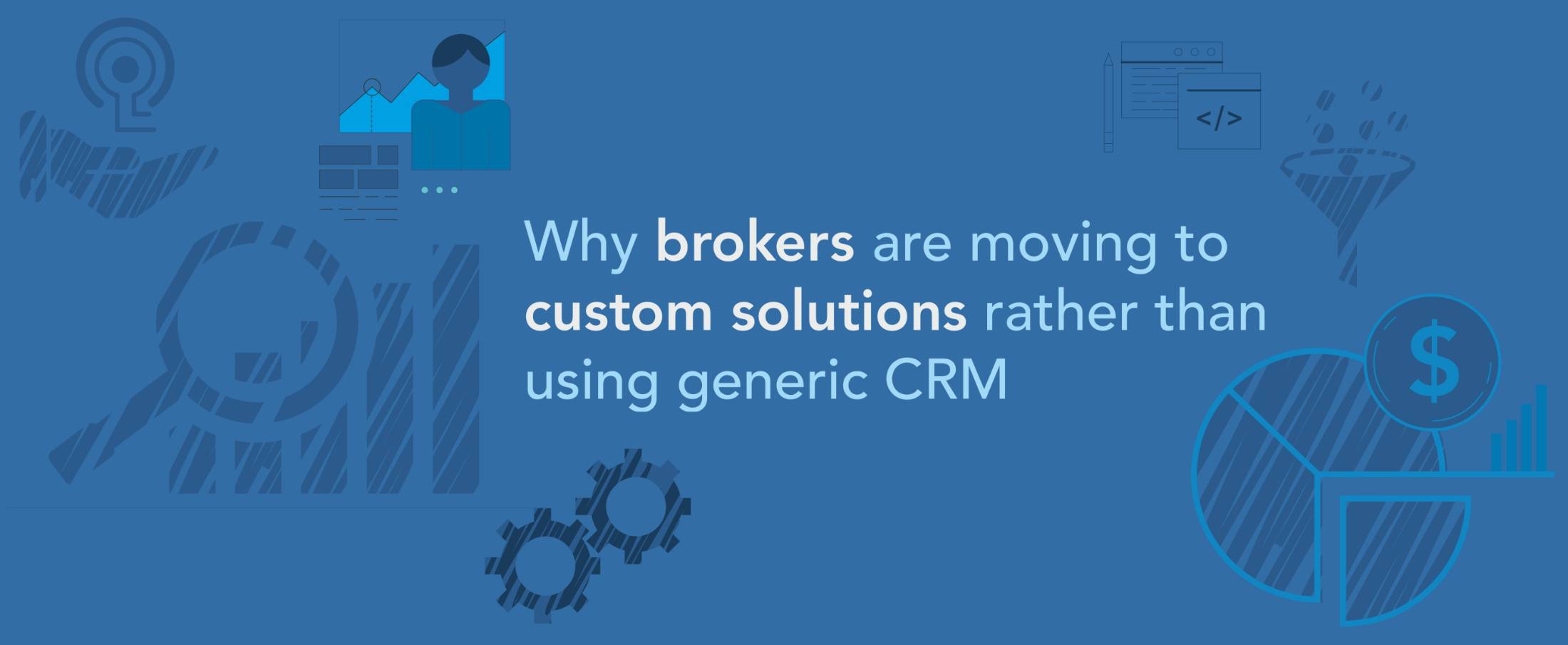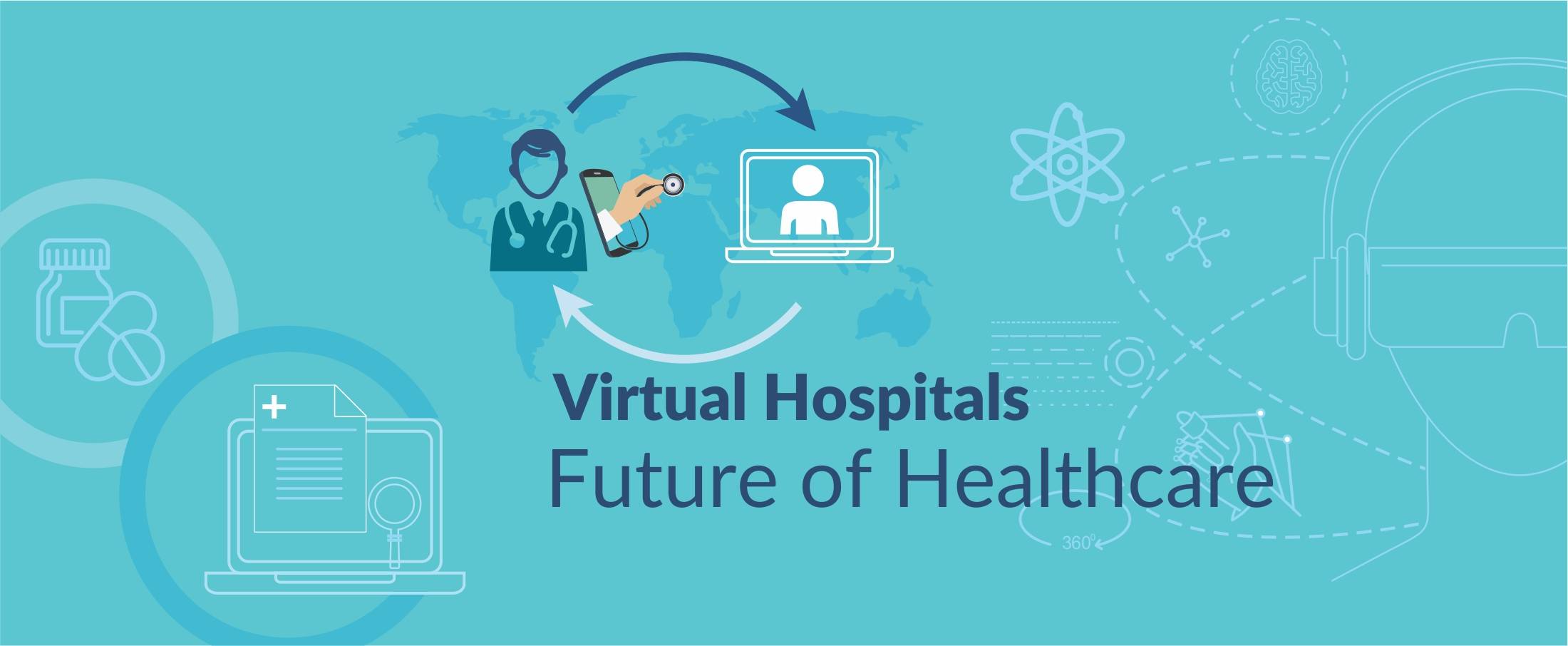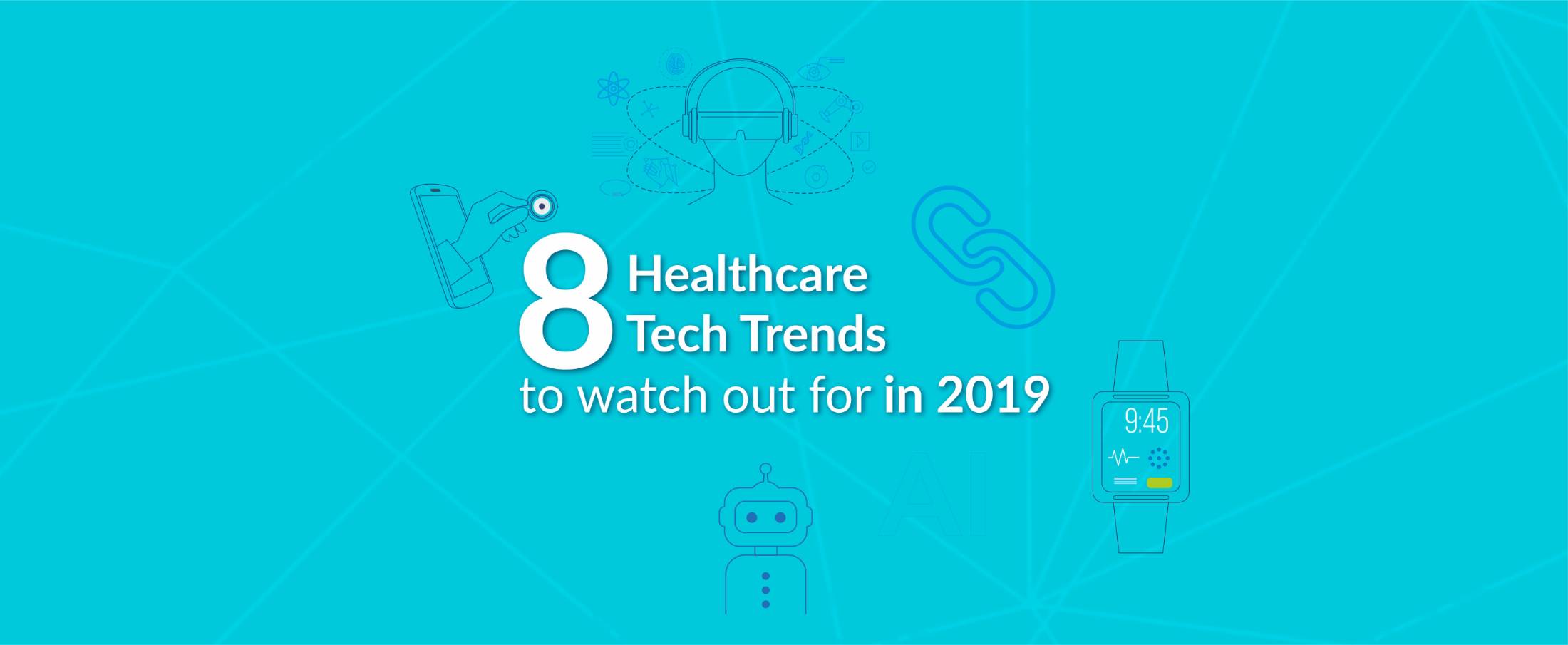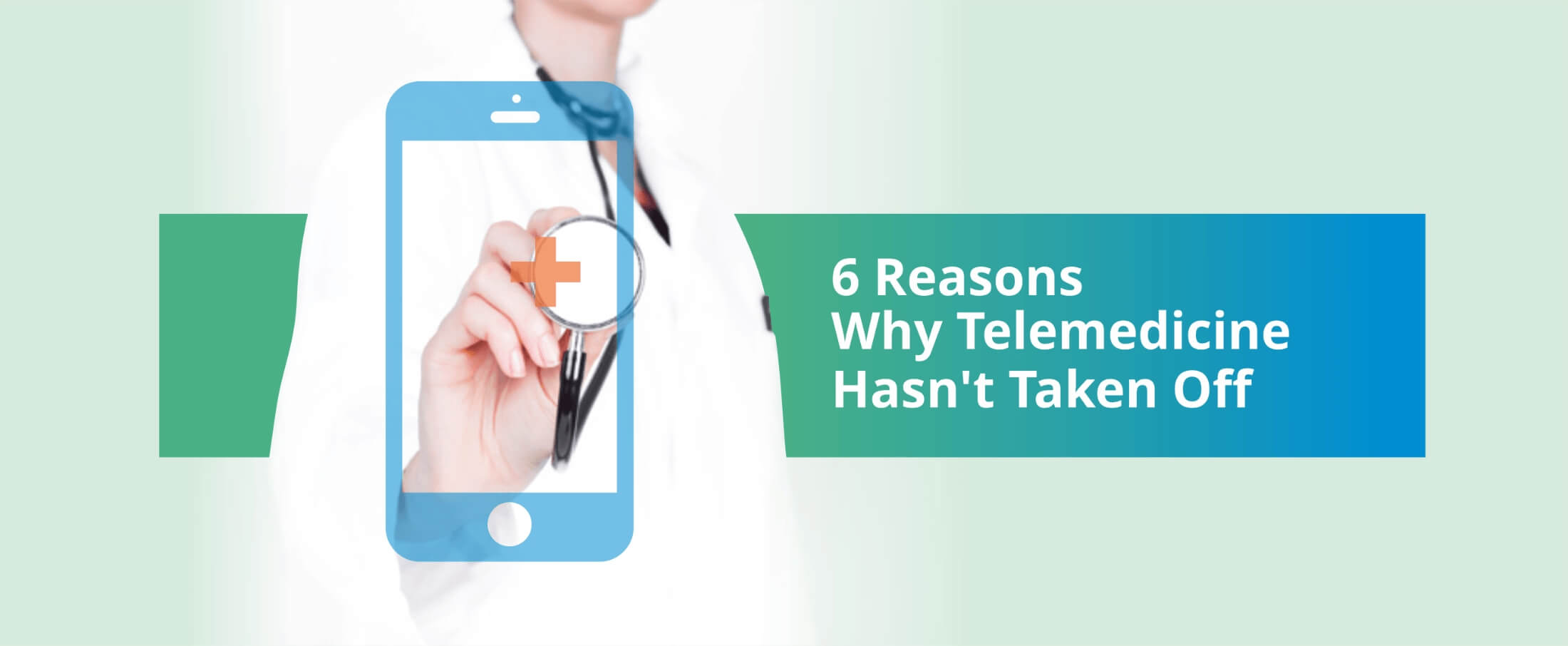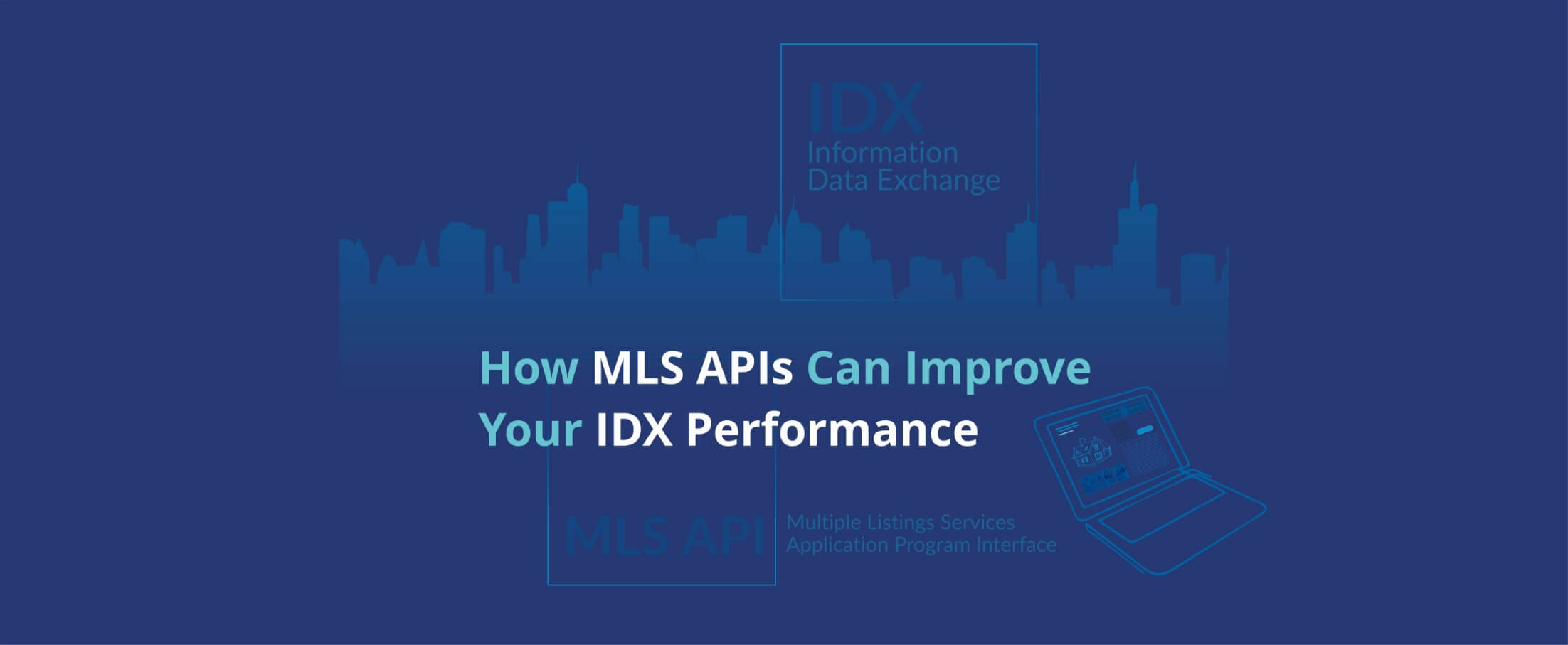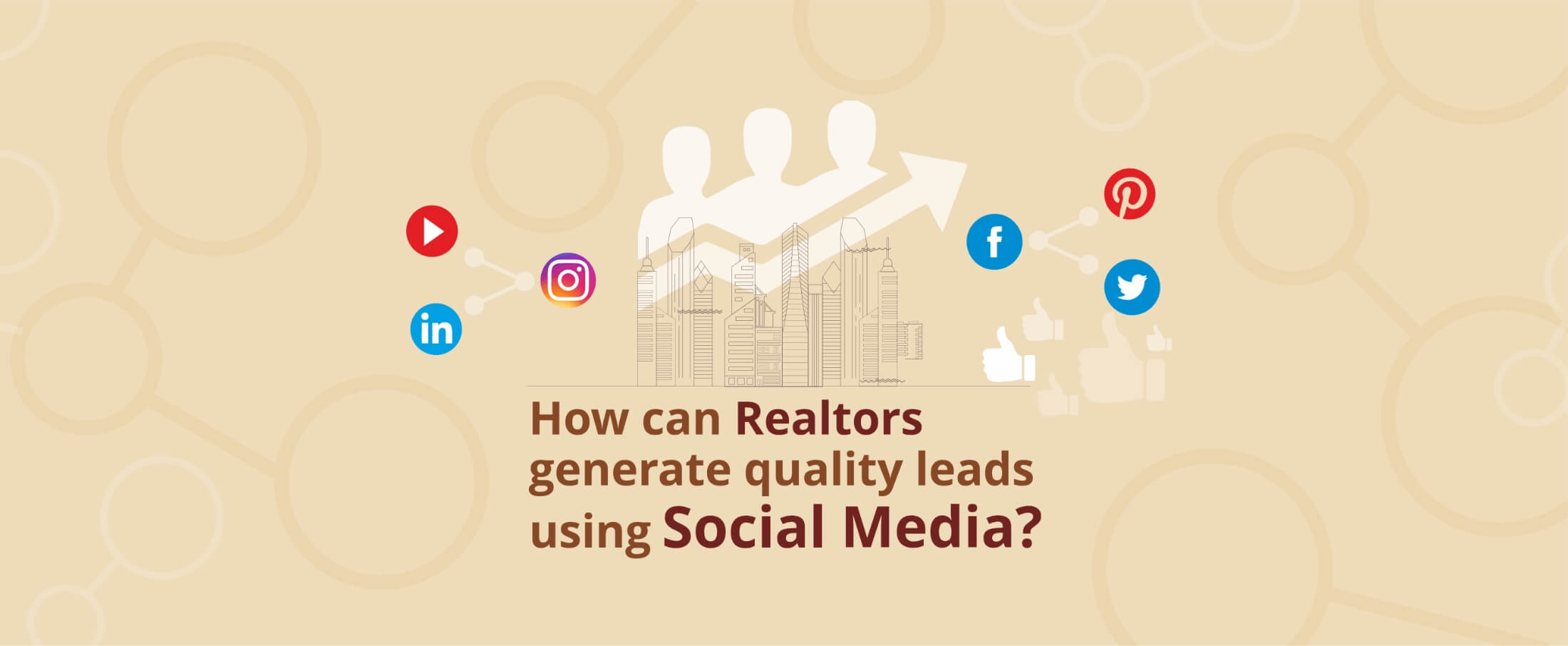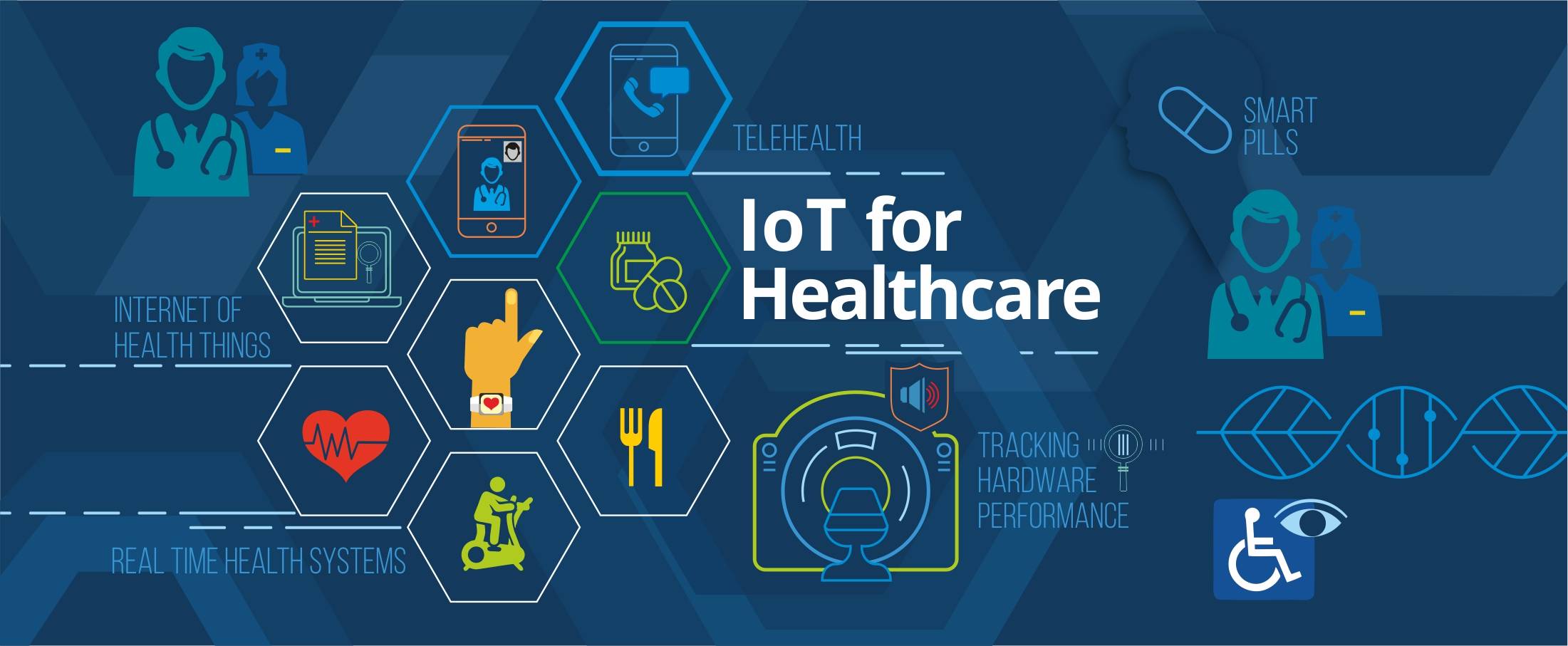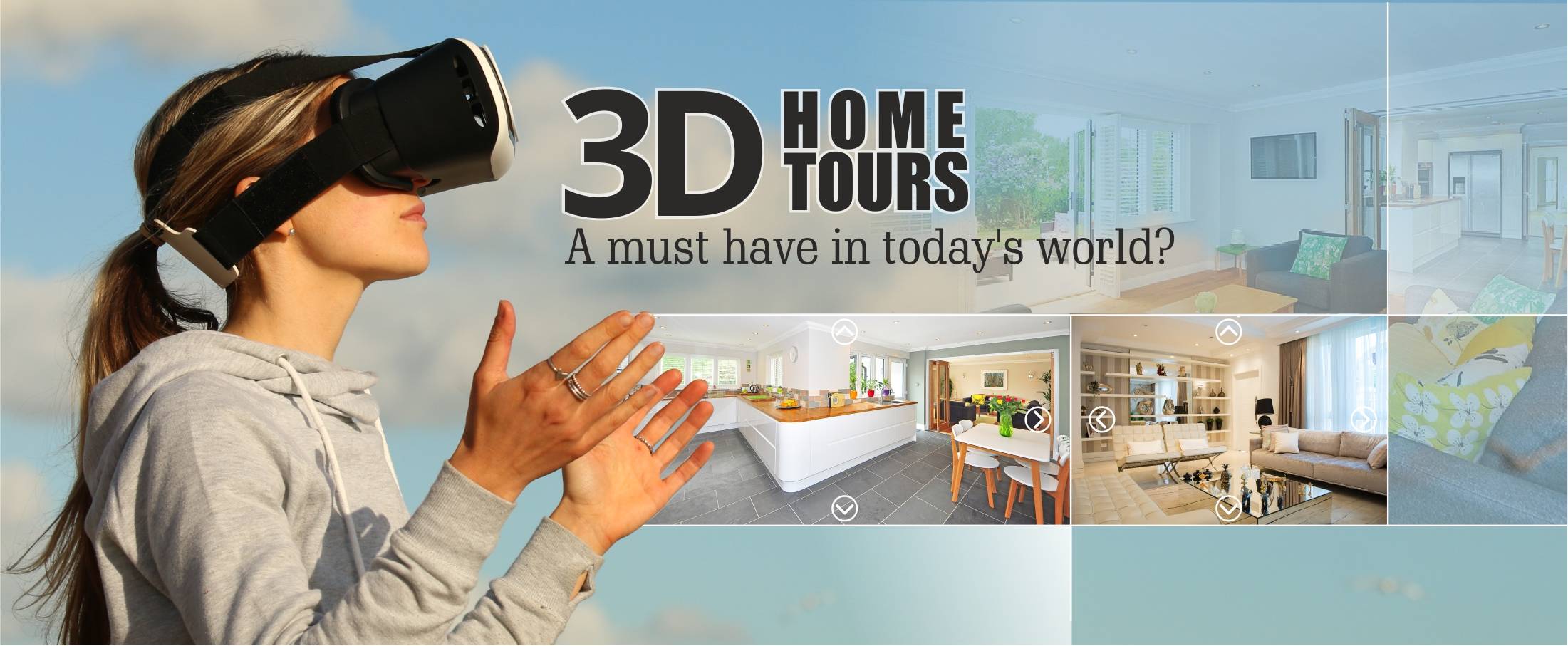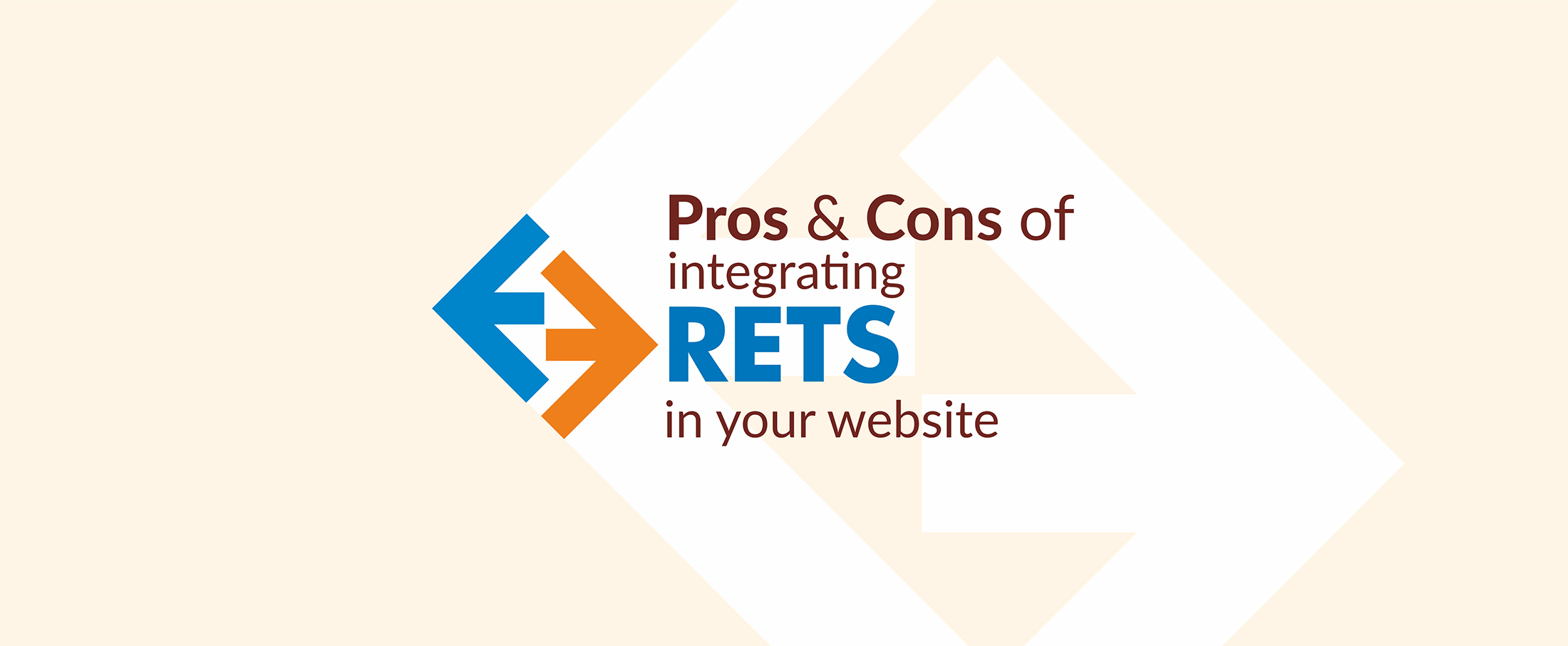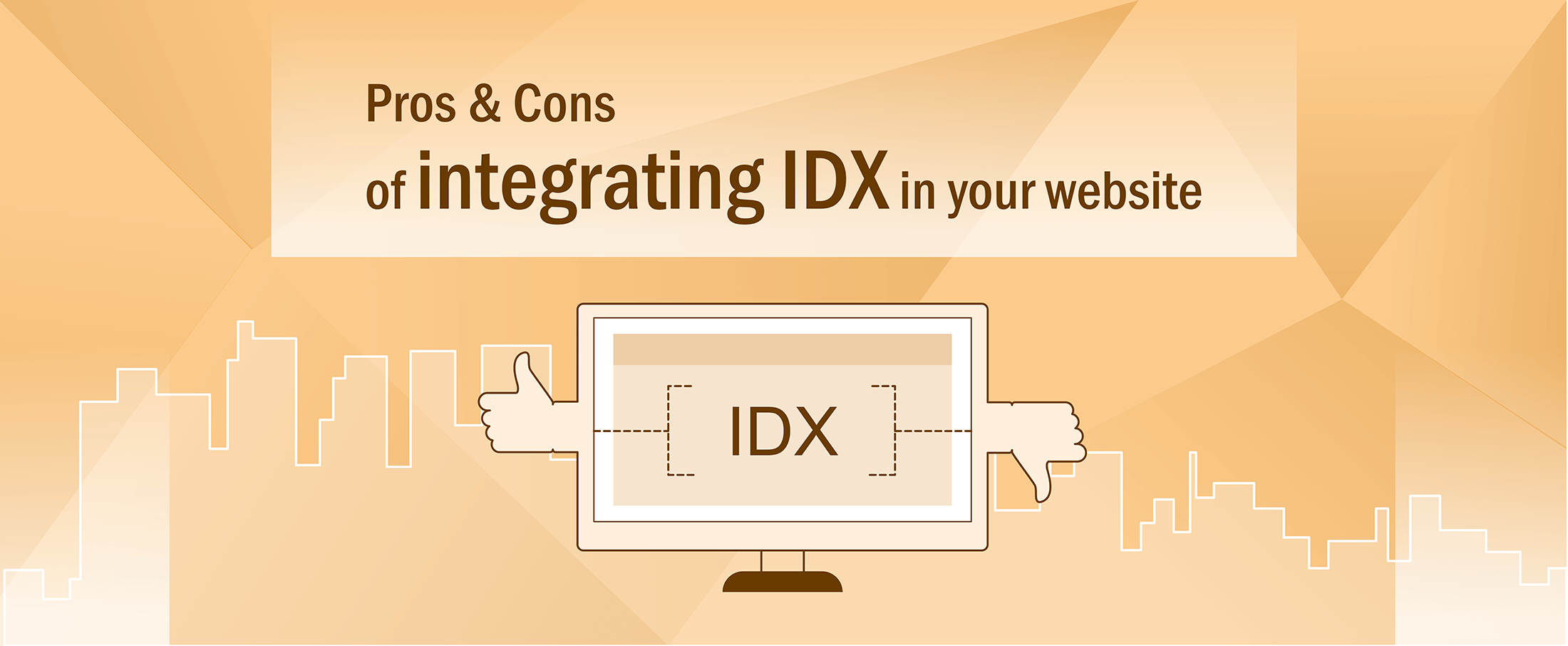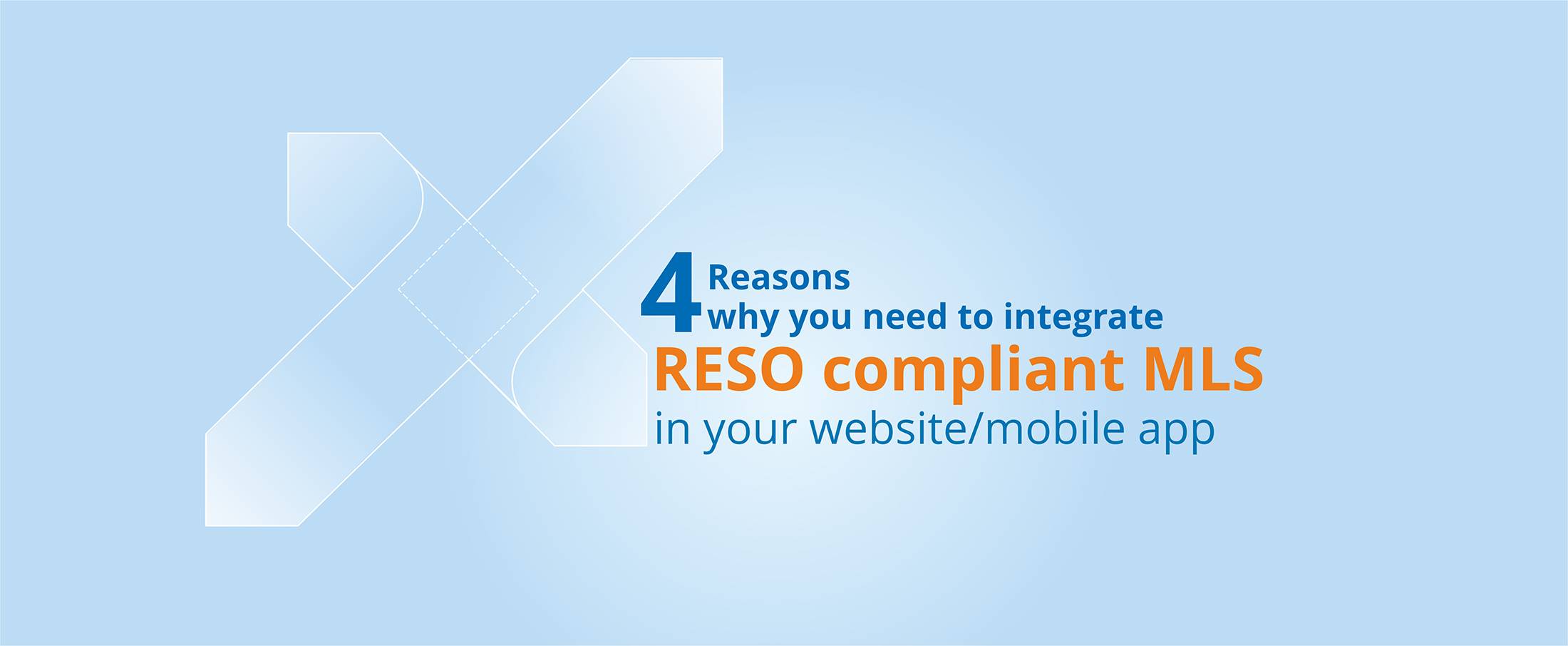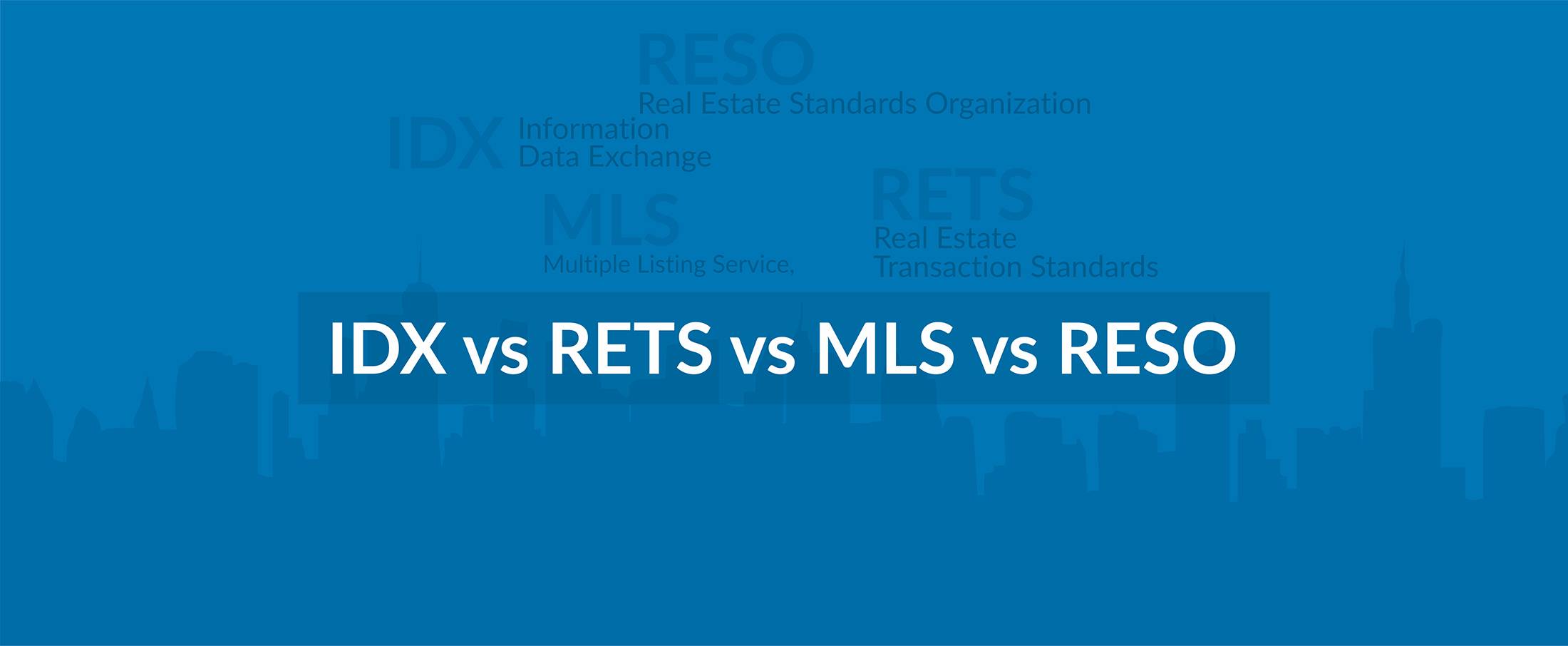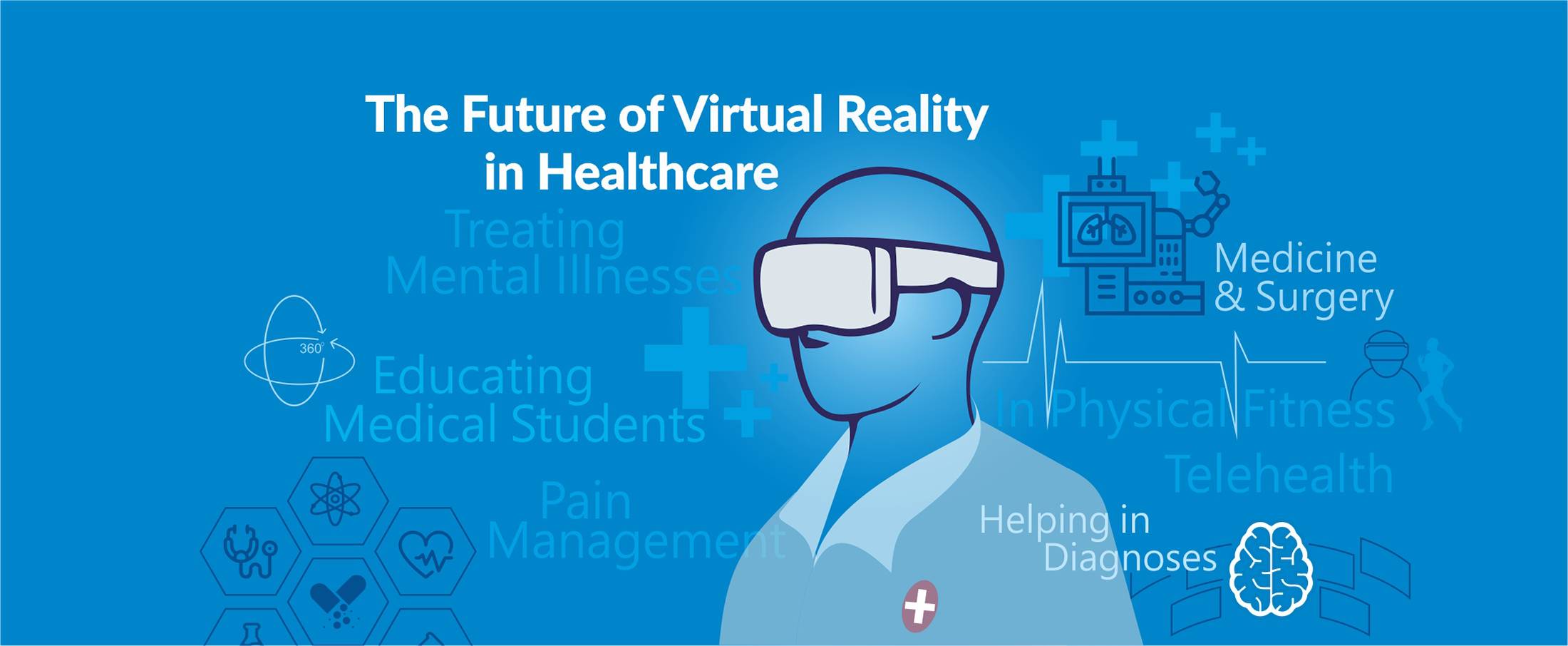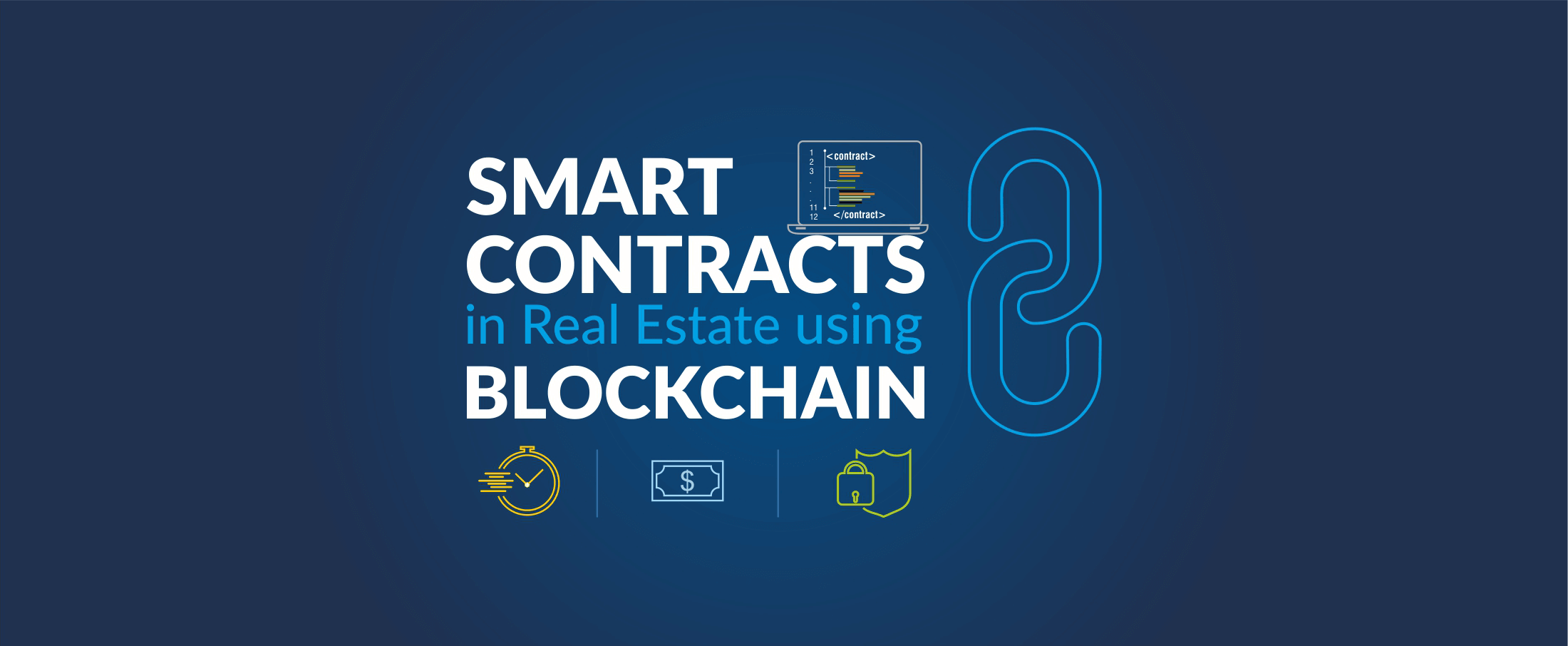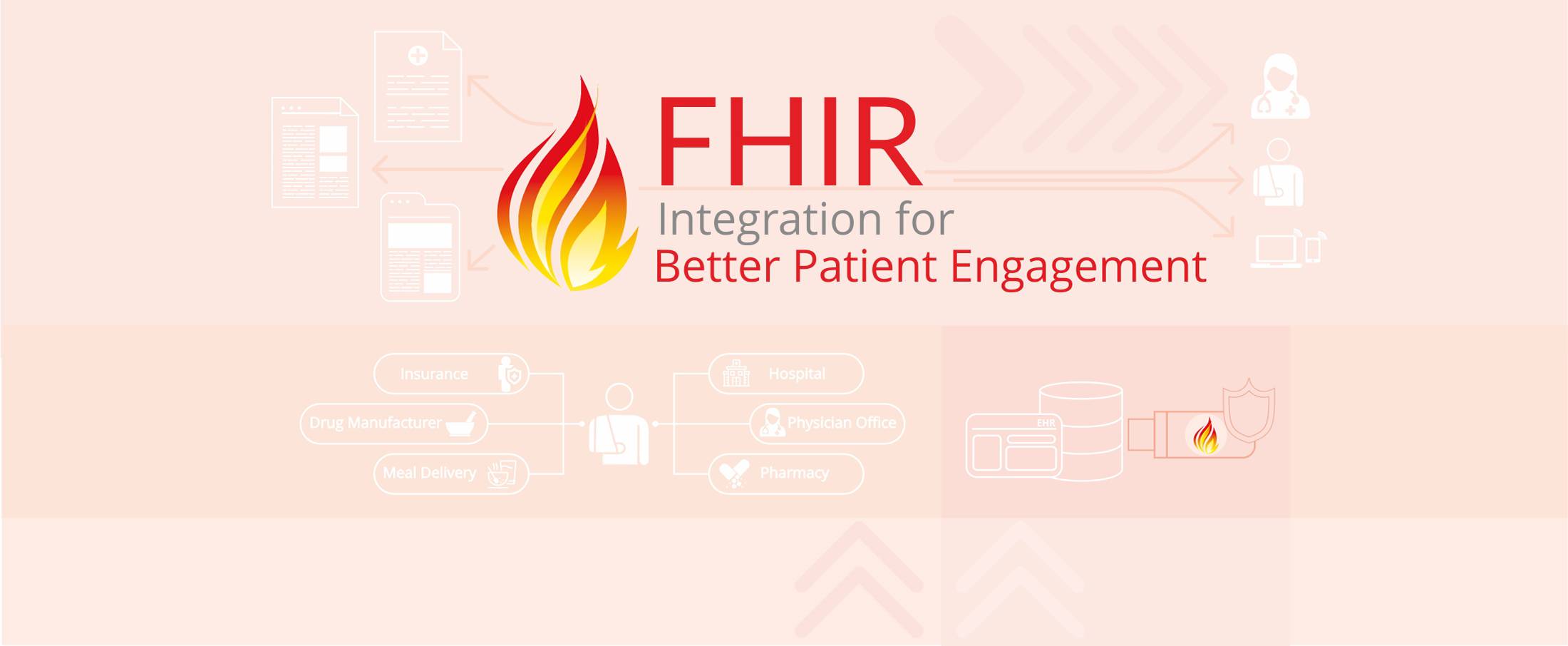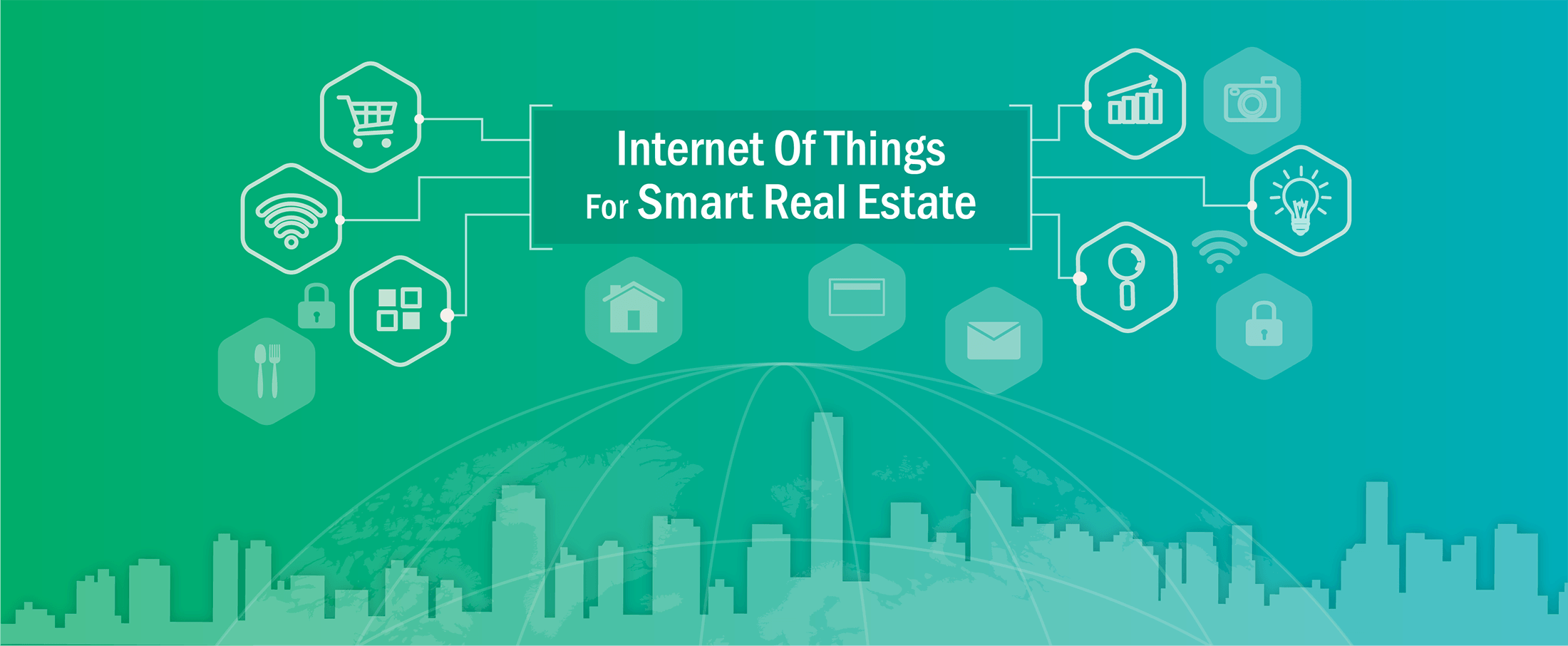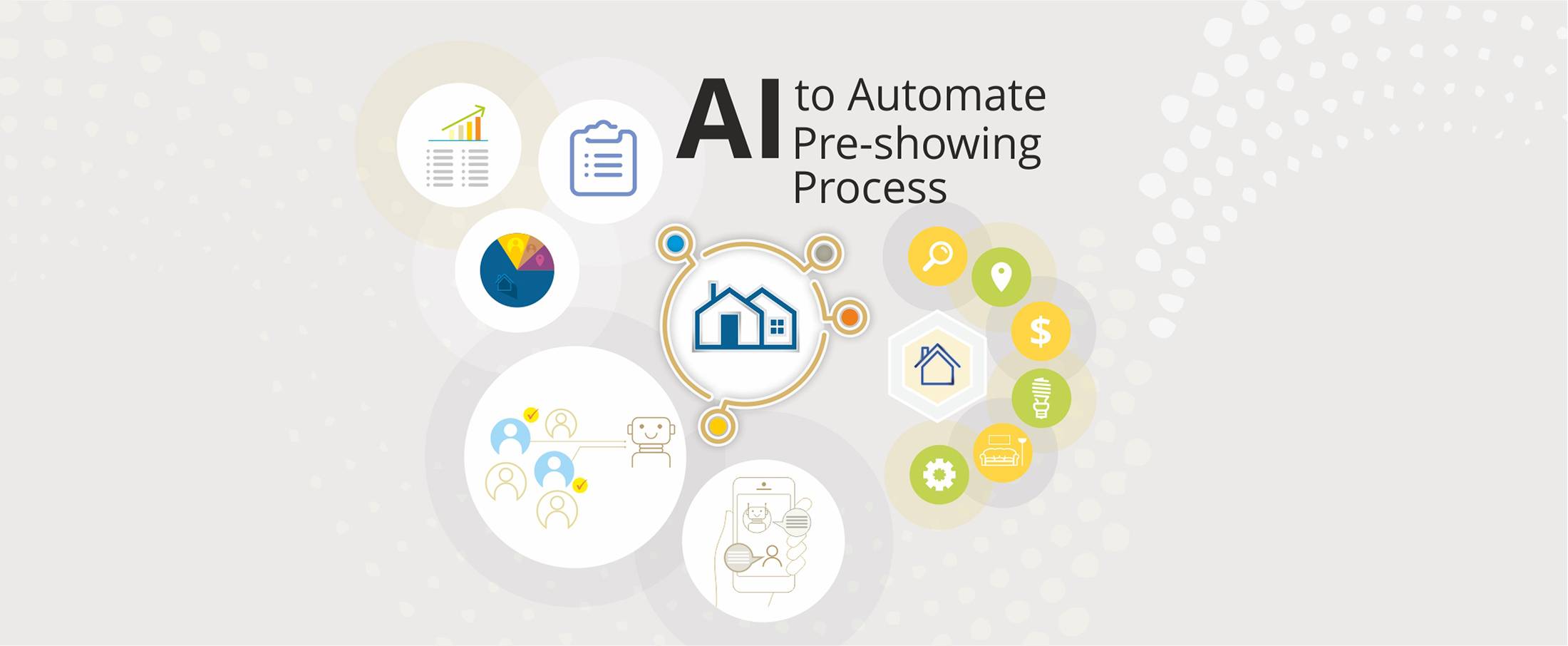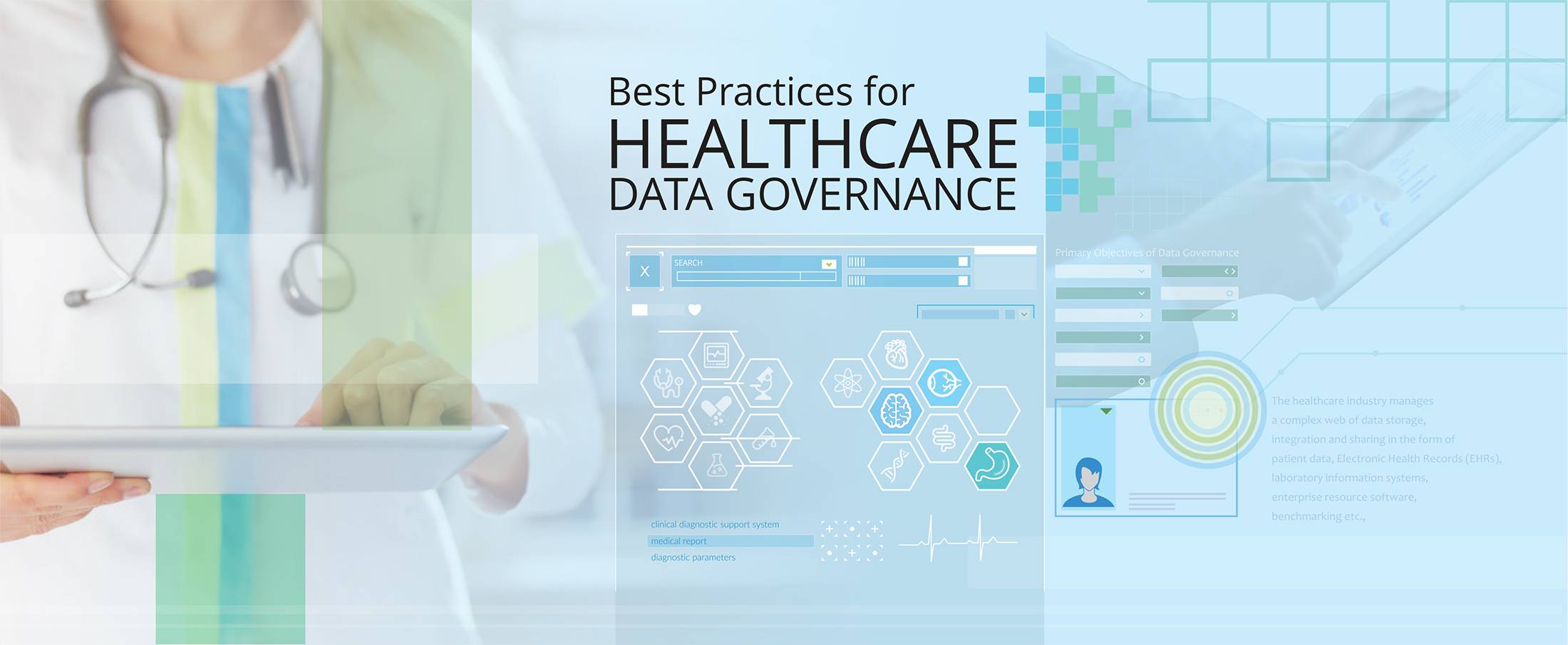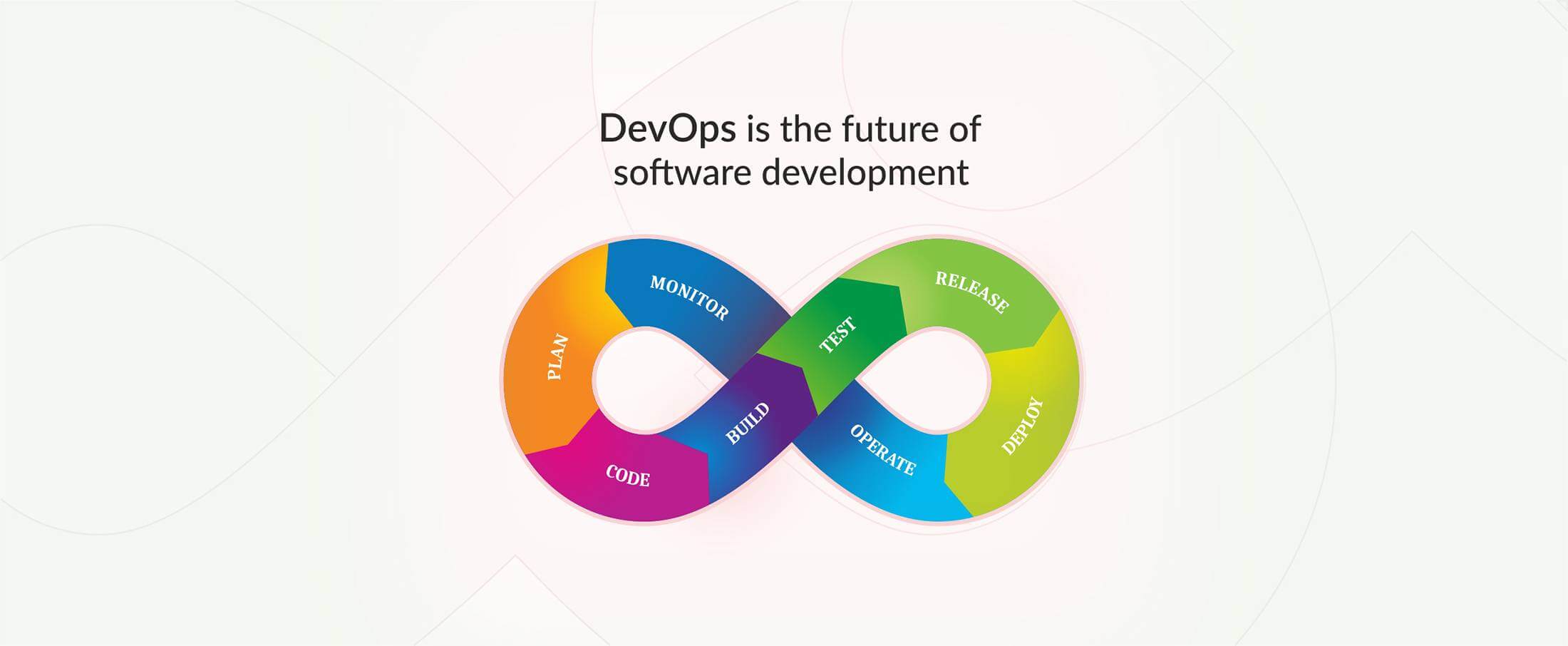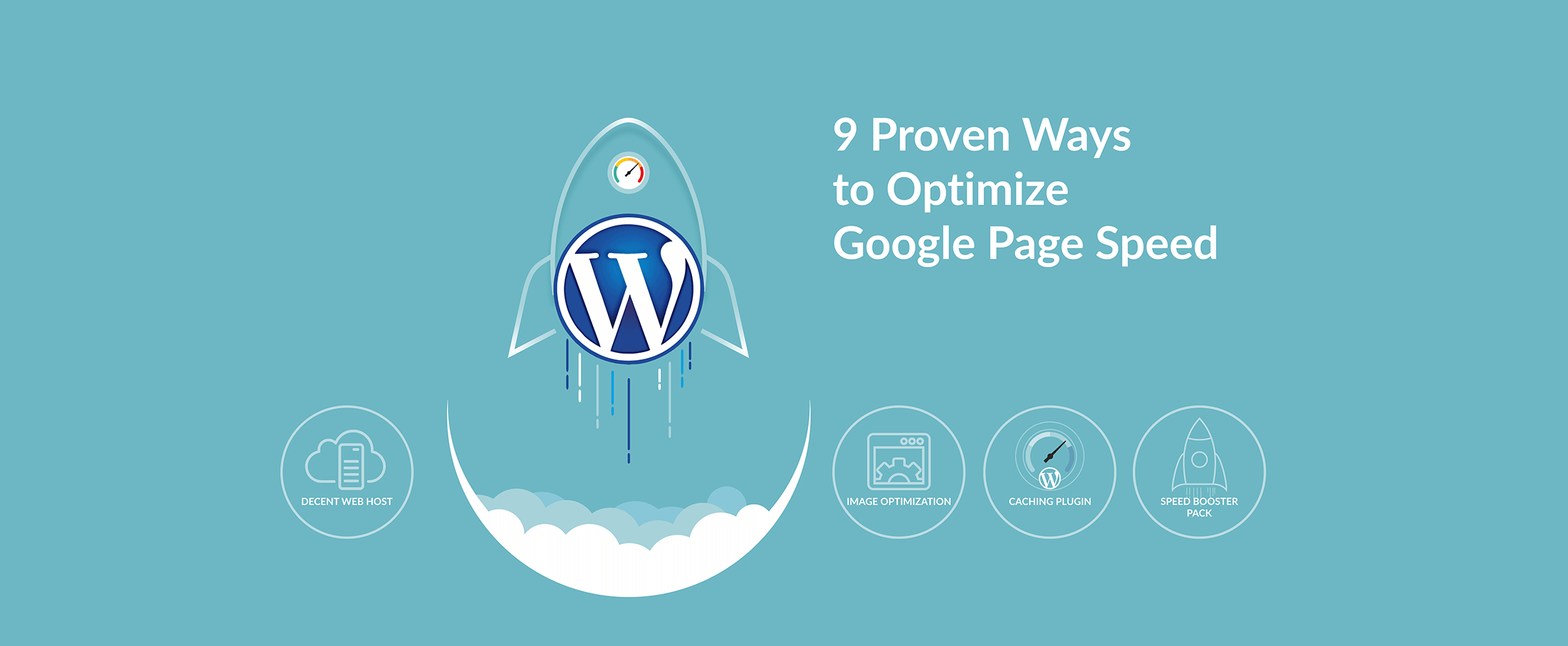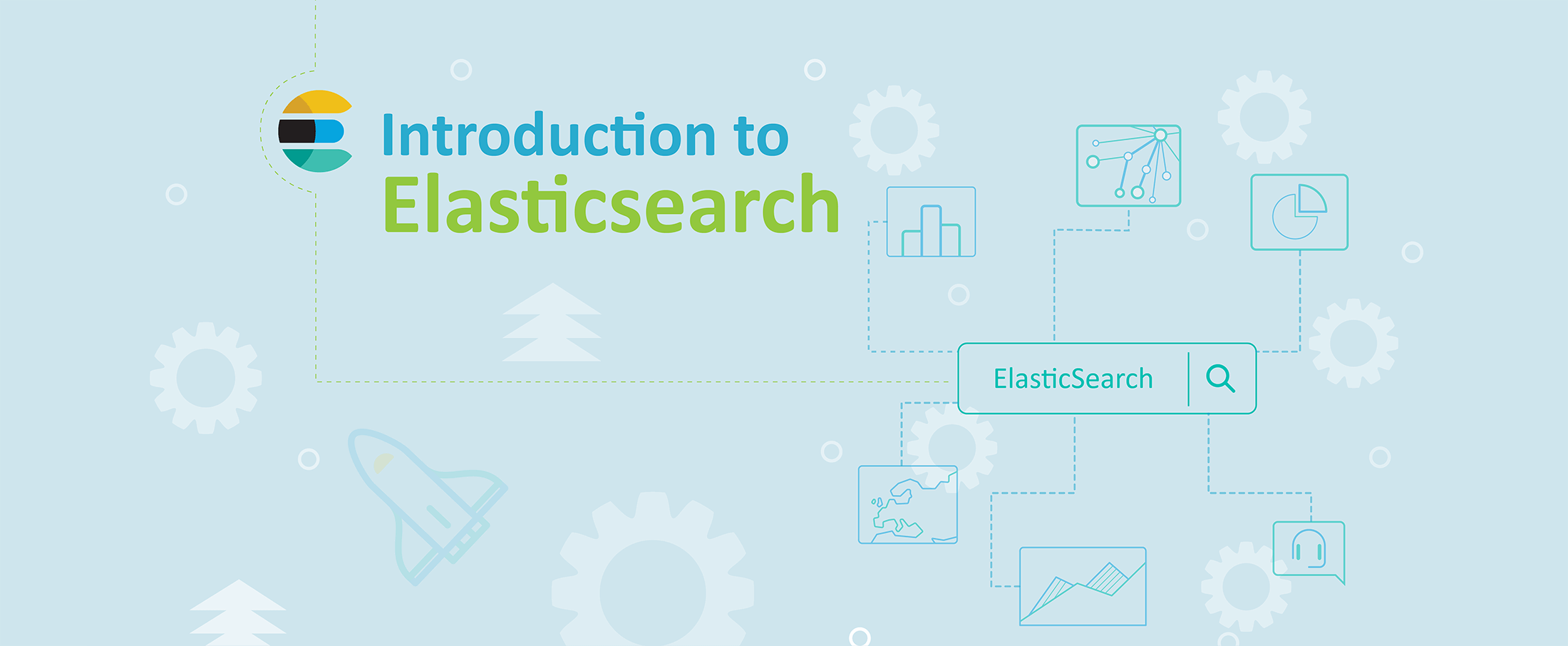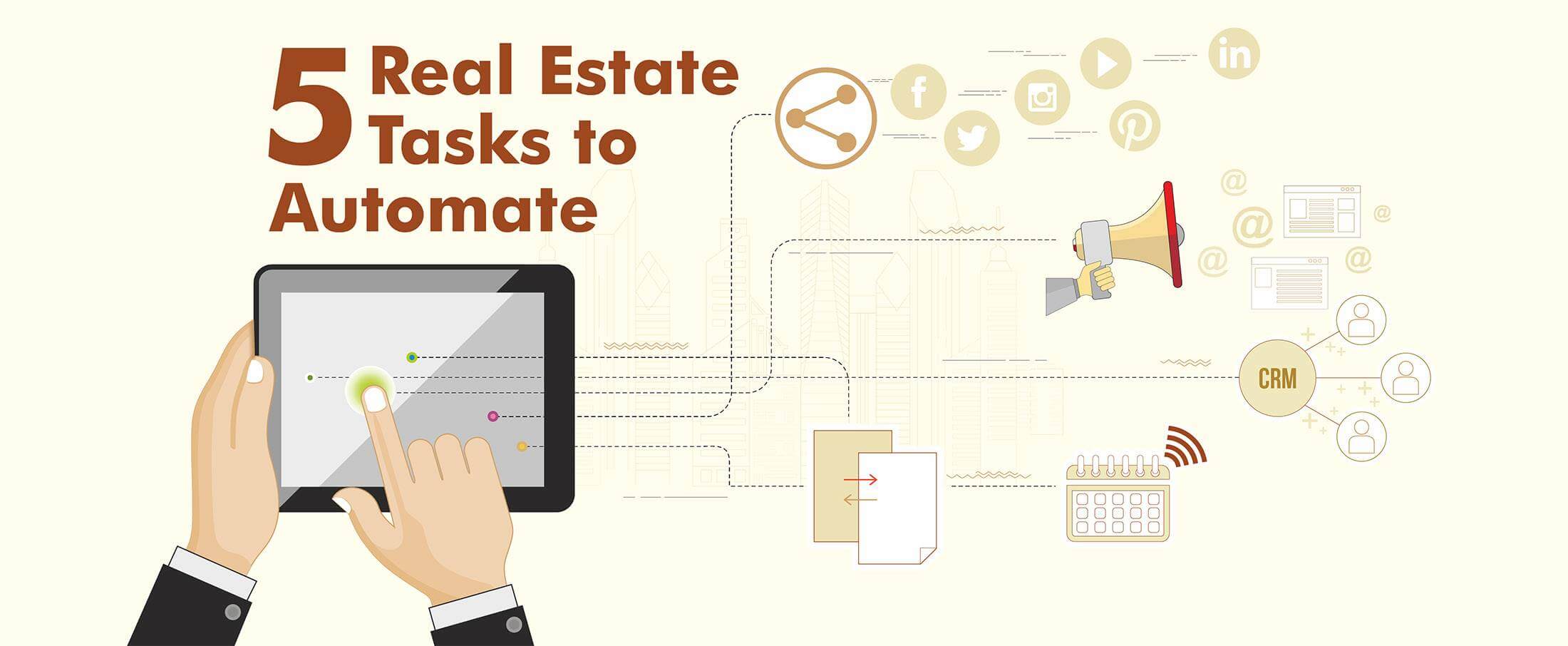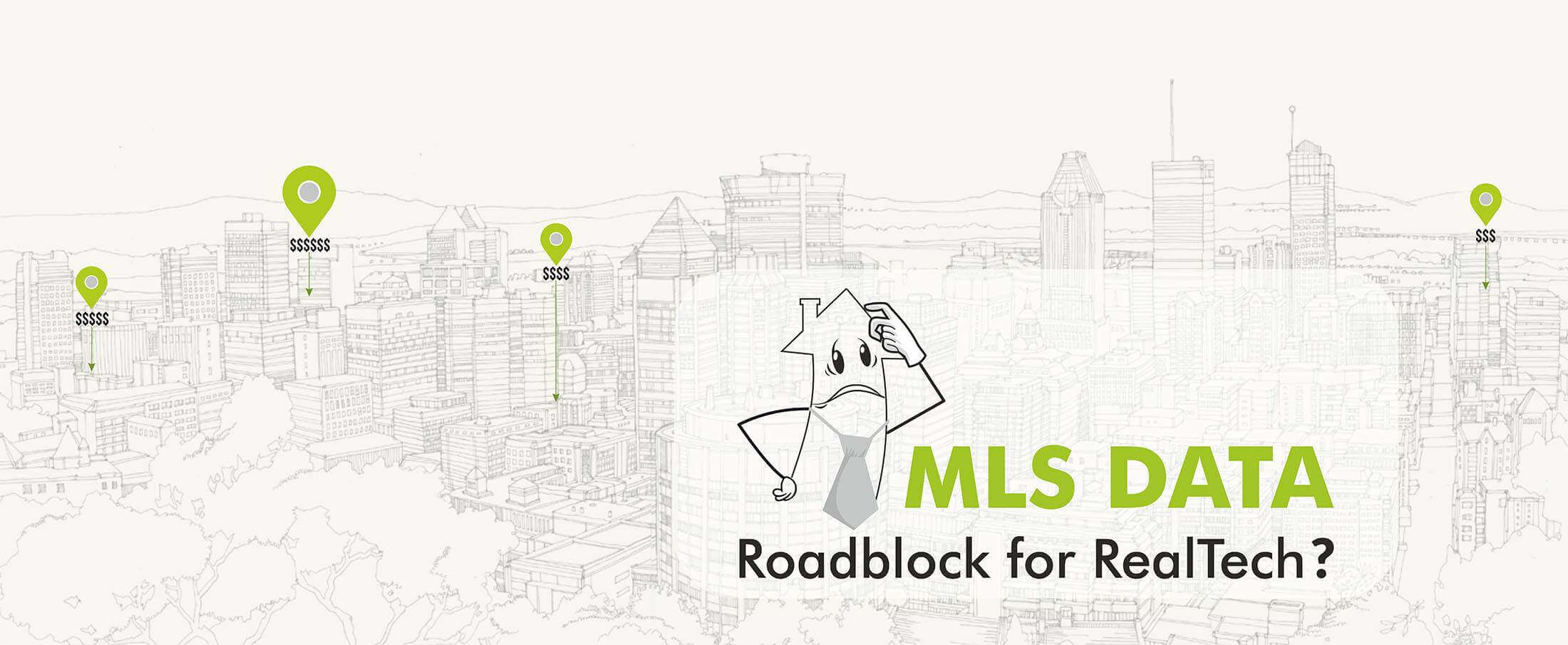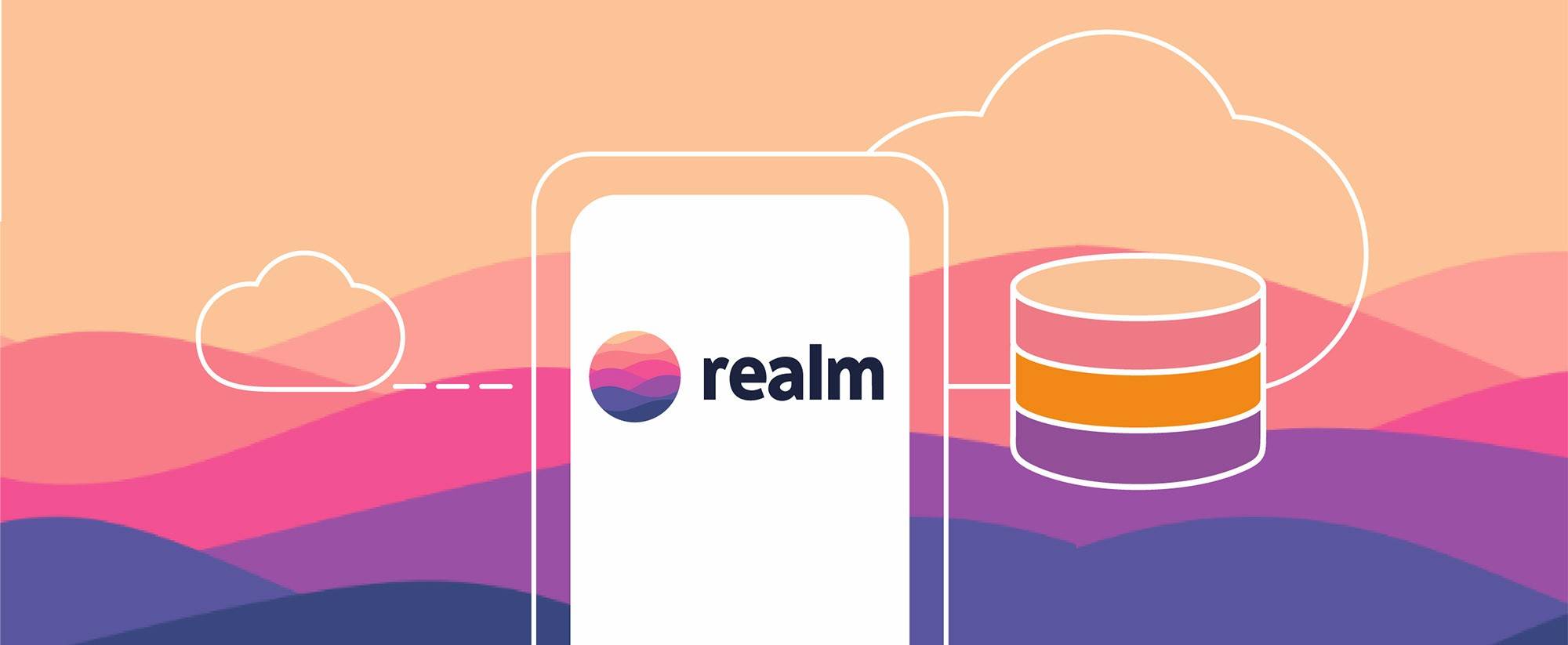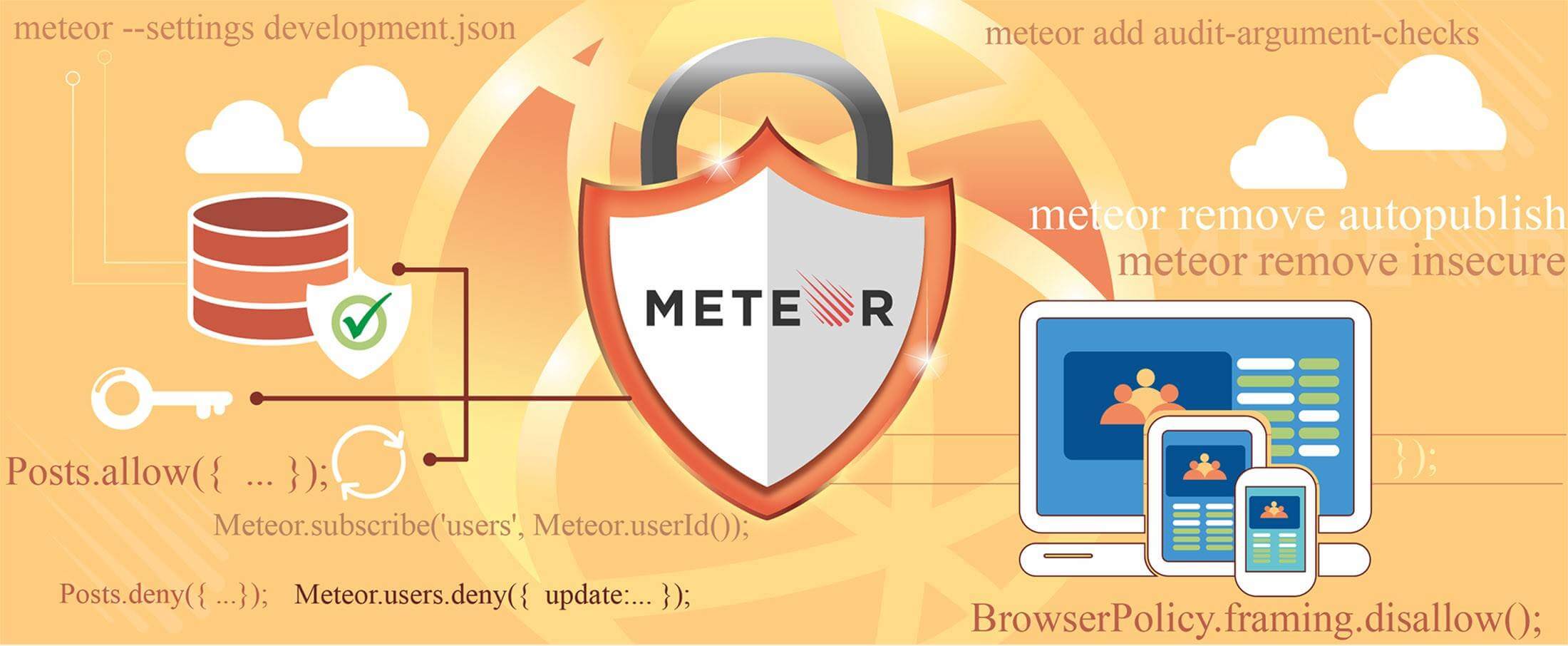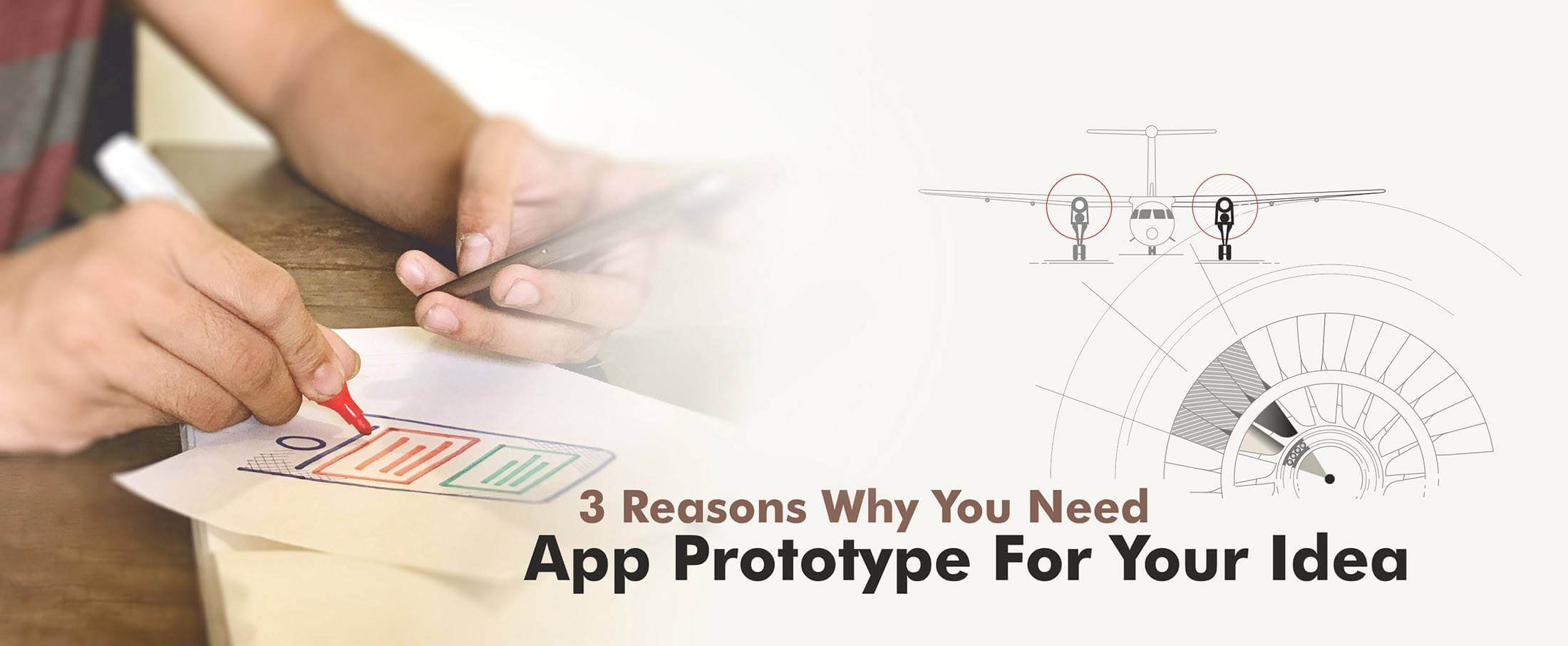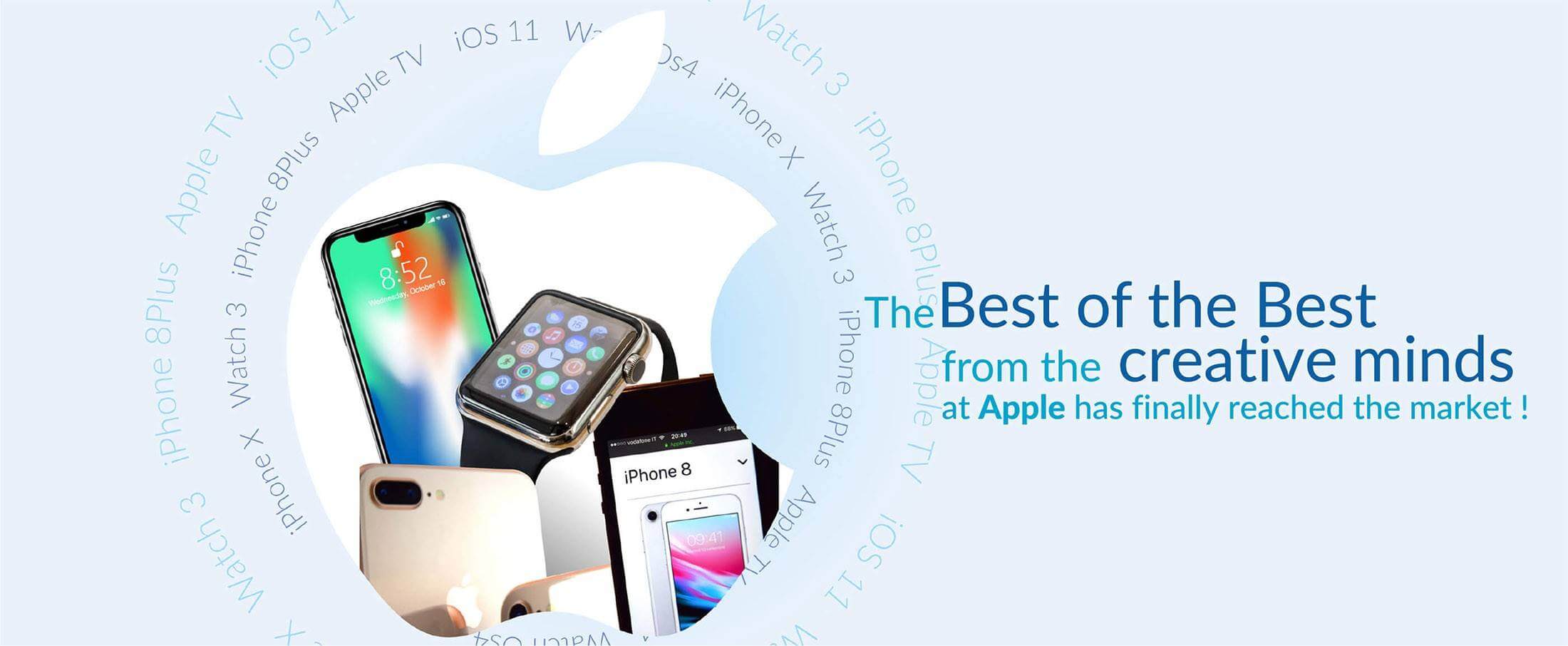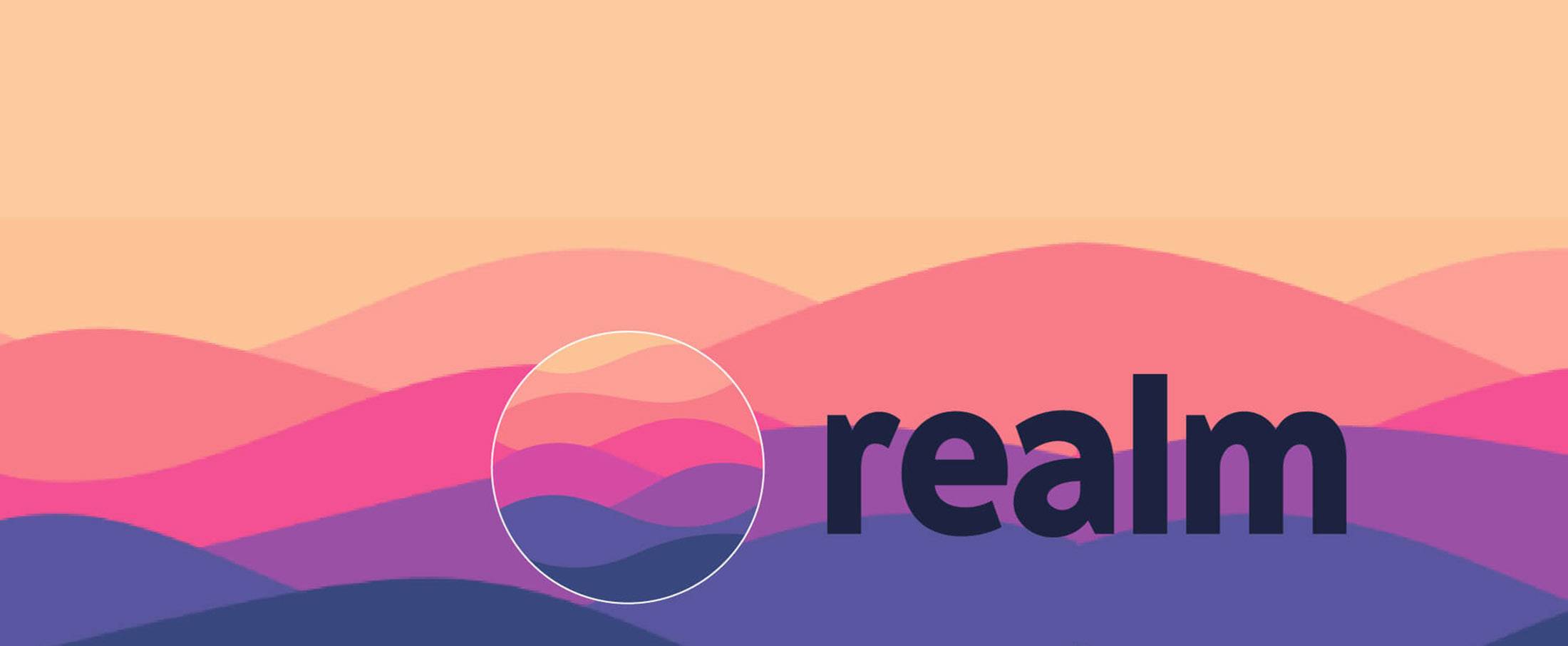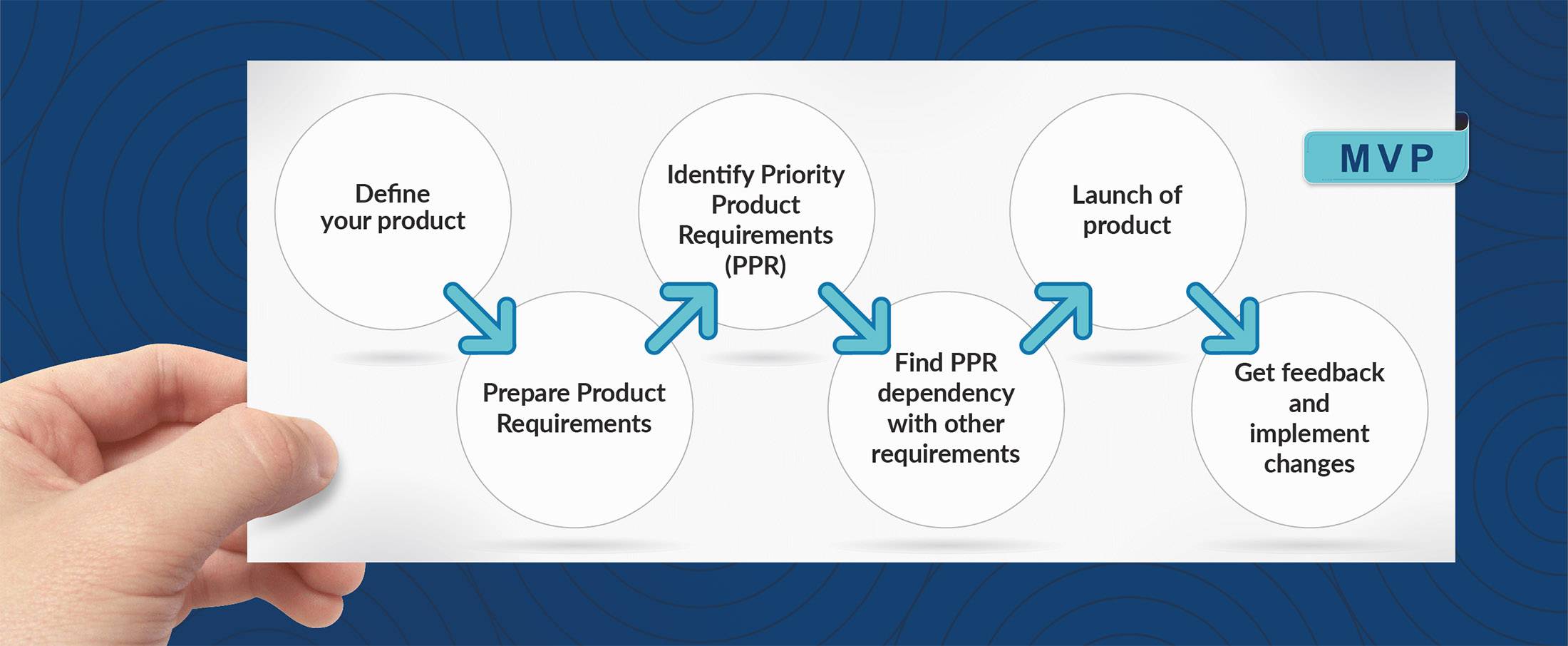Best UX Design Practices for Healthcare Applications
Best UX Design Practices for Healthcare Applications
Mobile health (also known as mHealth) is gaining popularity in today’s times because of better accessibility to health-tracking applications on smartphones today. This has also led people to actively look into and monitor their health, or at least issues like blood pressure, sugar levels, etc. Tracking health parameters on a healthcare application is much easier and very convenient. It also improves overall efficiency, communication, and quality of healthcare whilst reducing costs.
A consolidated application can also be used by healthcare providers and caregivers to quickly understand a patient’s medical history and current status for providing timely emergency care and other medical aid by making timely and targeted health data available. All of this has greatly contributed to the popularity of mHealth. A Statistica forecast estimates that the value of the mHealth market is all set to increase from $25.39 billion in 2017 to $58.8 billion in 2020, worldwide.
It’s common knowledge that any application must have a good UX for the user’s ease of use. Healthcare applications are no different. An mHealth app should be designed to give the patient and healthcare service providers a positive experience. However, there are many challenges that healthcare apps face in terms of UX and design. Some of these are –
- Security of patient data
- Non-compliance with HIPAA guidelines
- Difficulty of use
- Lack of integration or access of data
- Unnecessary, complicated features
Not considering these aspects is why many mHealth applications fizzle out eventually. There are some best practices that should be followed to design the best UX for healthcare apps, to ensure their success. Let’s take a look at these.
Tips and Techniques to Design the Best UX for Healthcare Apps Understanding your user
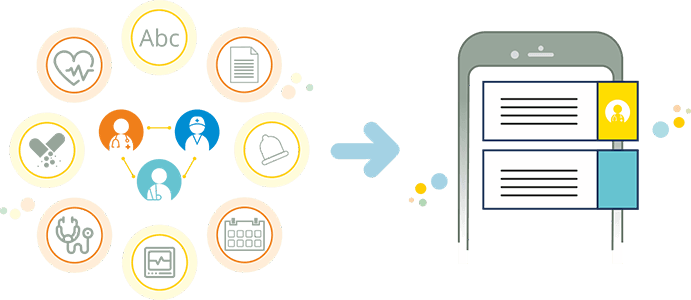
The most important thing to be certain of is your intended user. Is your application for healthcare service providers, caregivers, patients, or a combination of them? Are you targeting a specific country or city? This will be the decider for your app’s language. You need to keep your users’ needs and expectations in mind when building the app.
Security and Compliance
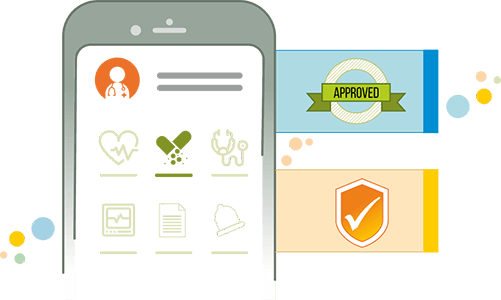
The security of a healthcare app is primary. It includes a lot of sensitive and confidential data that must be kept safe from misuse. You should ensure that your app is secure and safe, but not difficult to use as a result. Another important thing to remember is that the app should follow compliances of the local and international medical and legal bodies. Non-compliance can land you in trouble, so it’s best to be on top of regulations and compliances.
Good Looking
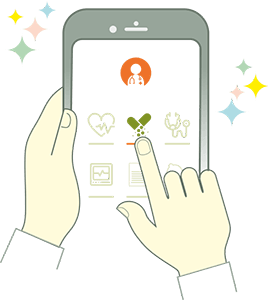
The appearance of the app is very important, just as much as convenience and ease of use. Users will use the app if it is helpful and convenient, but why not make it attractive too? That will just add to its appeal. A good looking app is just as important as one that’s secure and useful.
Make it Simple
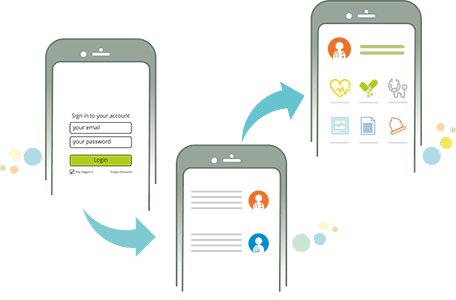
Don’t complicate things; keep the information fields and questions to a bare minimum. Never ask users for answers that are not relevant to the purpose of the app. The lesser they need to provide, the better their experience will be. Keep the navigation process simple as well. Design clear CTAs that stand out and guide the user to the next step properly and clearly.
Testing and Support
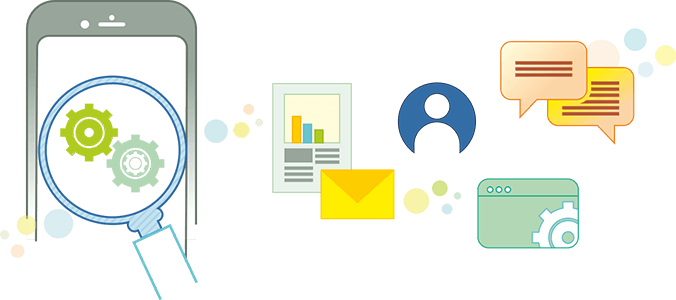
Both of these aspects are of utmost importance. You should keep testing the app from time to time to ensure that it is working smoothly and glitch-free. Likewise, providing customer support on time and properly is very important in keeping users on the app. When someone sends in a query or grievance, you should make sure that it is attended to quickly and resolved.
Make it Real

If your app targets a particular disease or disorder, or it is made to be an interactive platform, then make sure that you have credible experts on board as well. It is always a good idea to have certified medical professionals who are experts in their field to interact with users and offer their services to them.
Record and Track Data
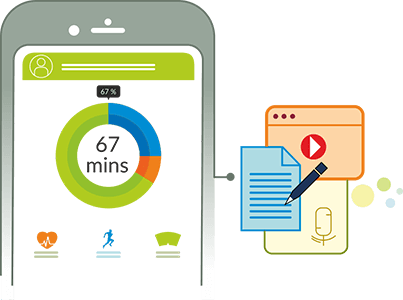
If your app is meant for tracking and recording health parameters and data, such as blood pressure, medications, heart condition, blood sugar, symptoms, lifestyle traits, etc., then you will need to ensure that the tracking and recording software is properly designed.
Personalize
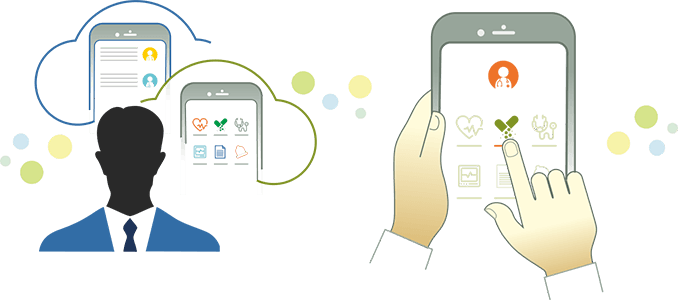
A person using a healthcare application has a purpose to fulfill and comes with expectations. It’s always a great idea to get into your customers’ shoes and try to understand what they want to get out of your app. This will help you reach them on a personal level and make a connection.
Parting Thoughts
A healthcare application isn’t just a mechanical concept, it goes far deeper than that. Giving your users a memorable, positive, and useful experience is of the utmost importance. Following these tips and best practices while designing the UX will make sure that your app succeeds.
- Healthcare
- HIPAA
- mHealth
- Security
- UI
- UX
Mobifilia
7 May 2018
